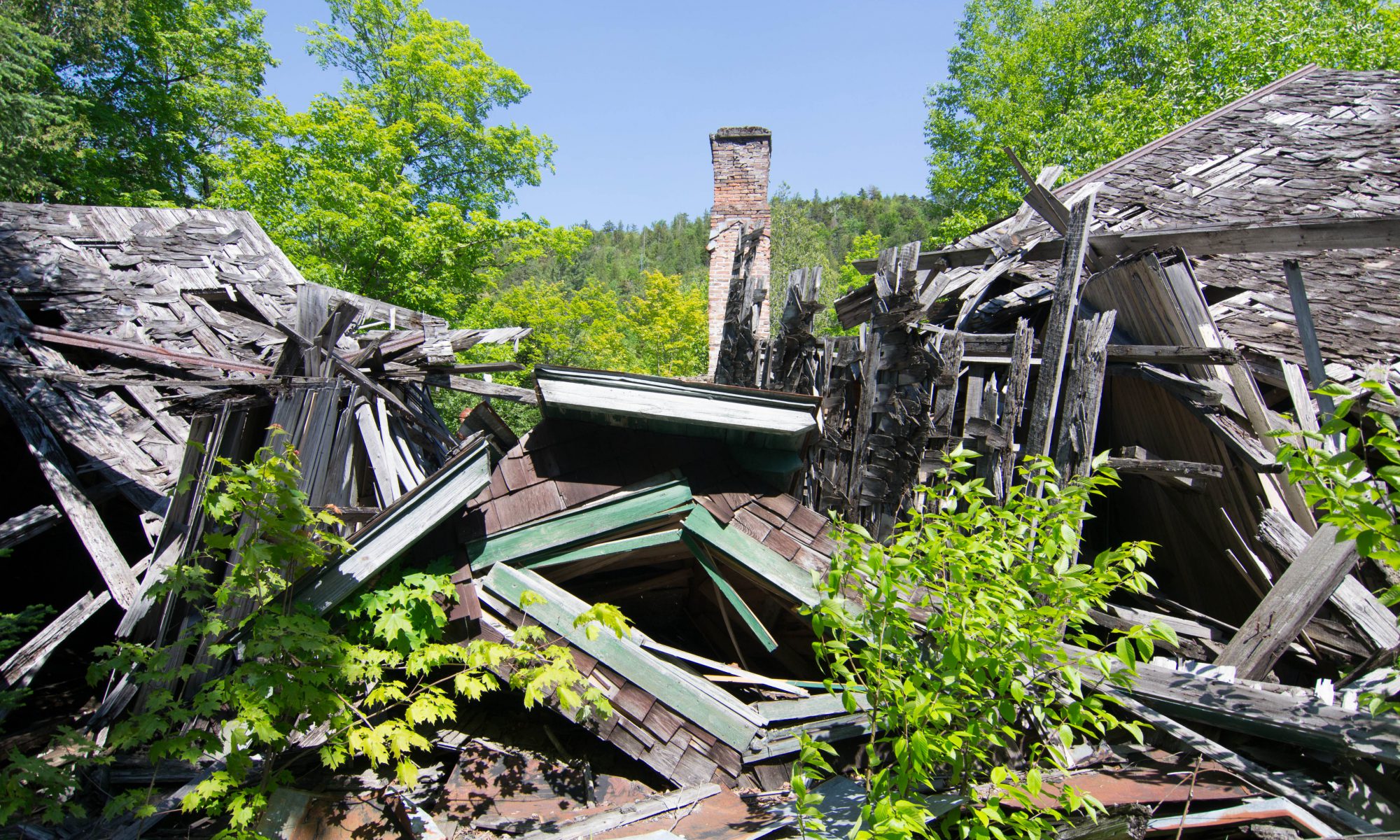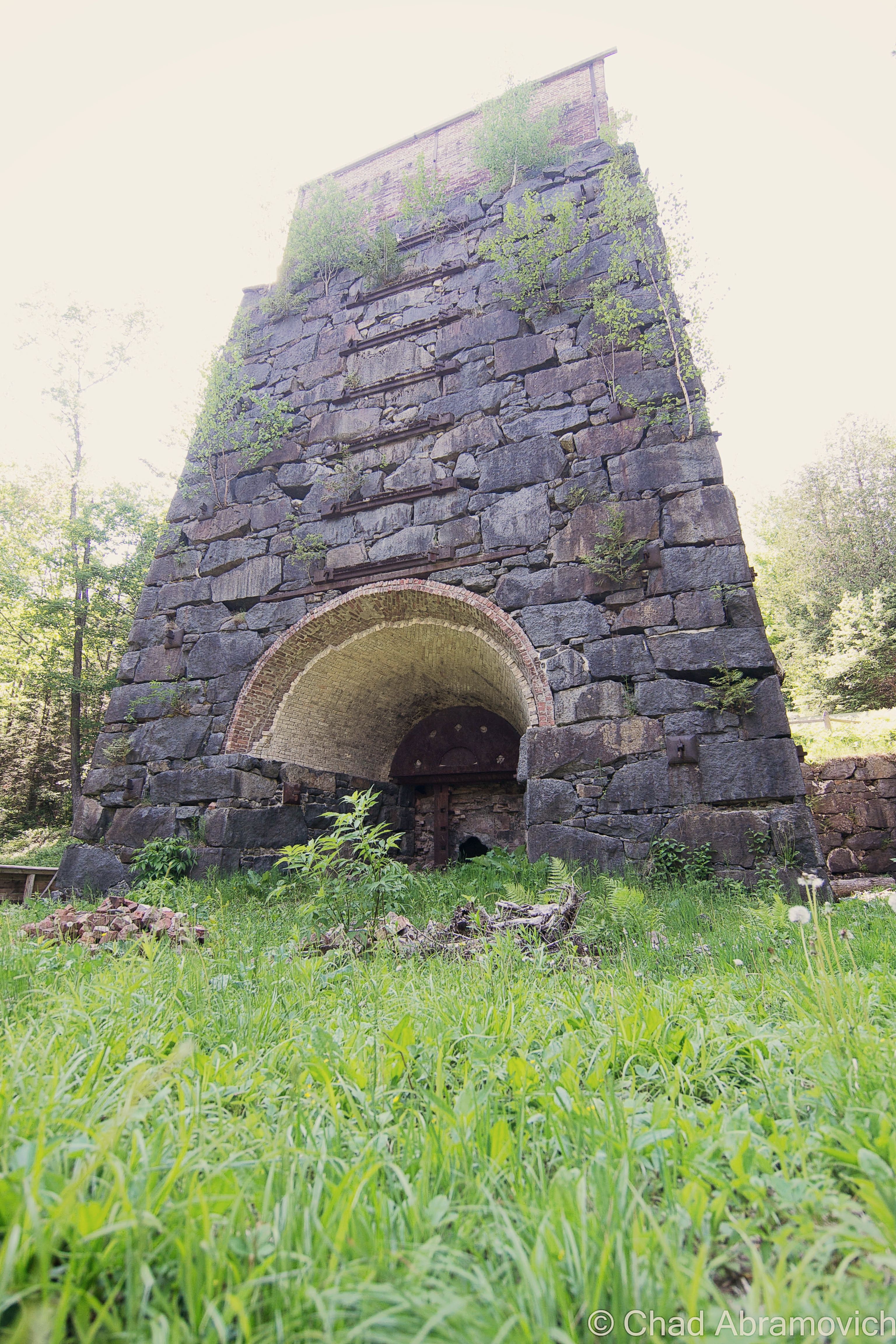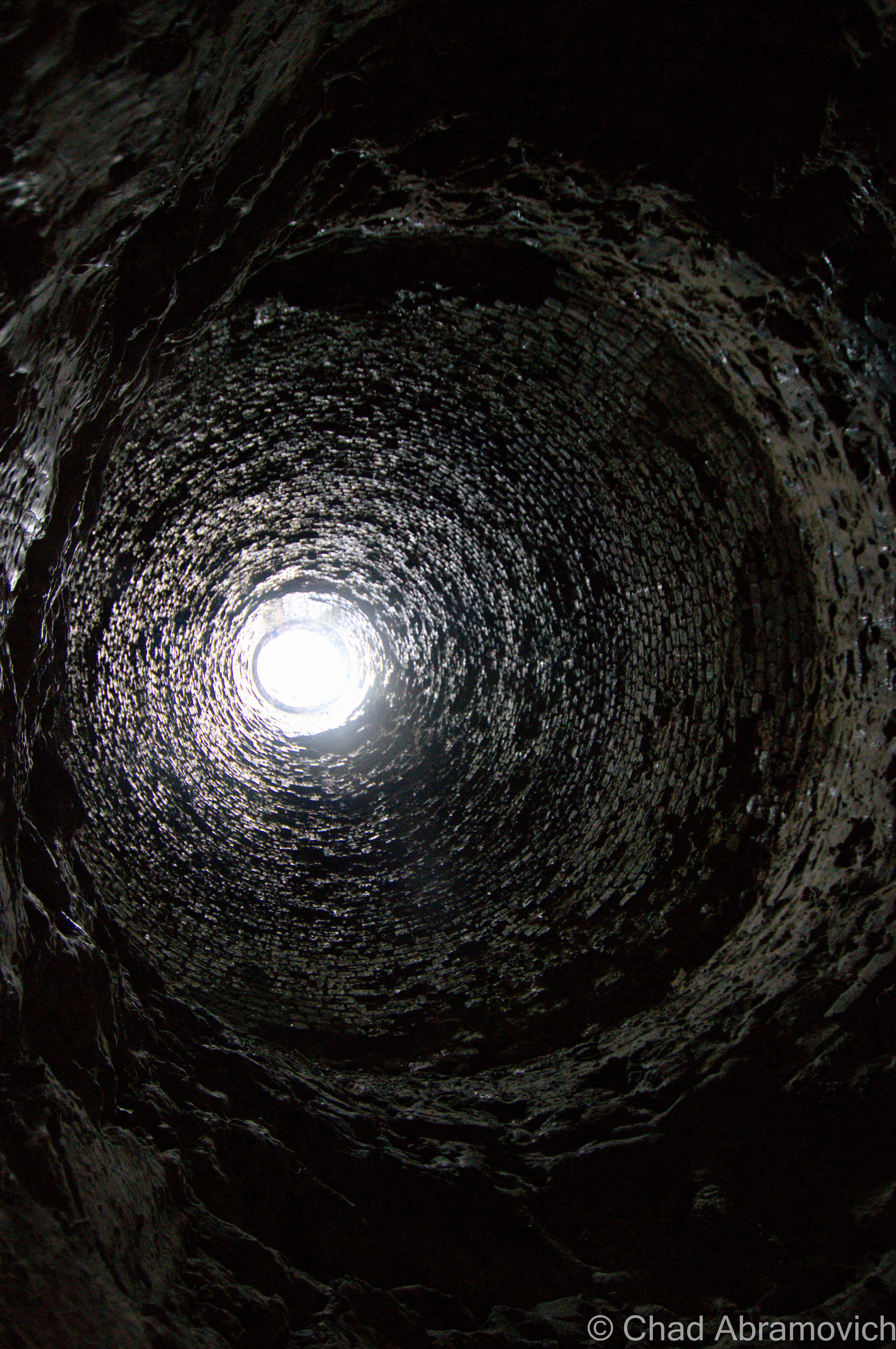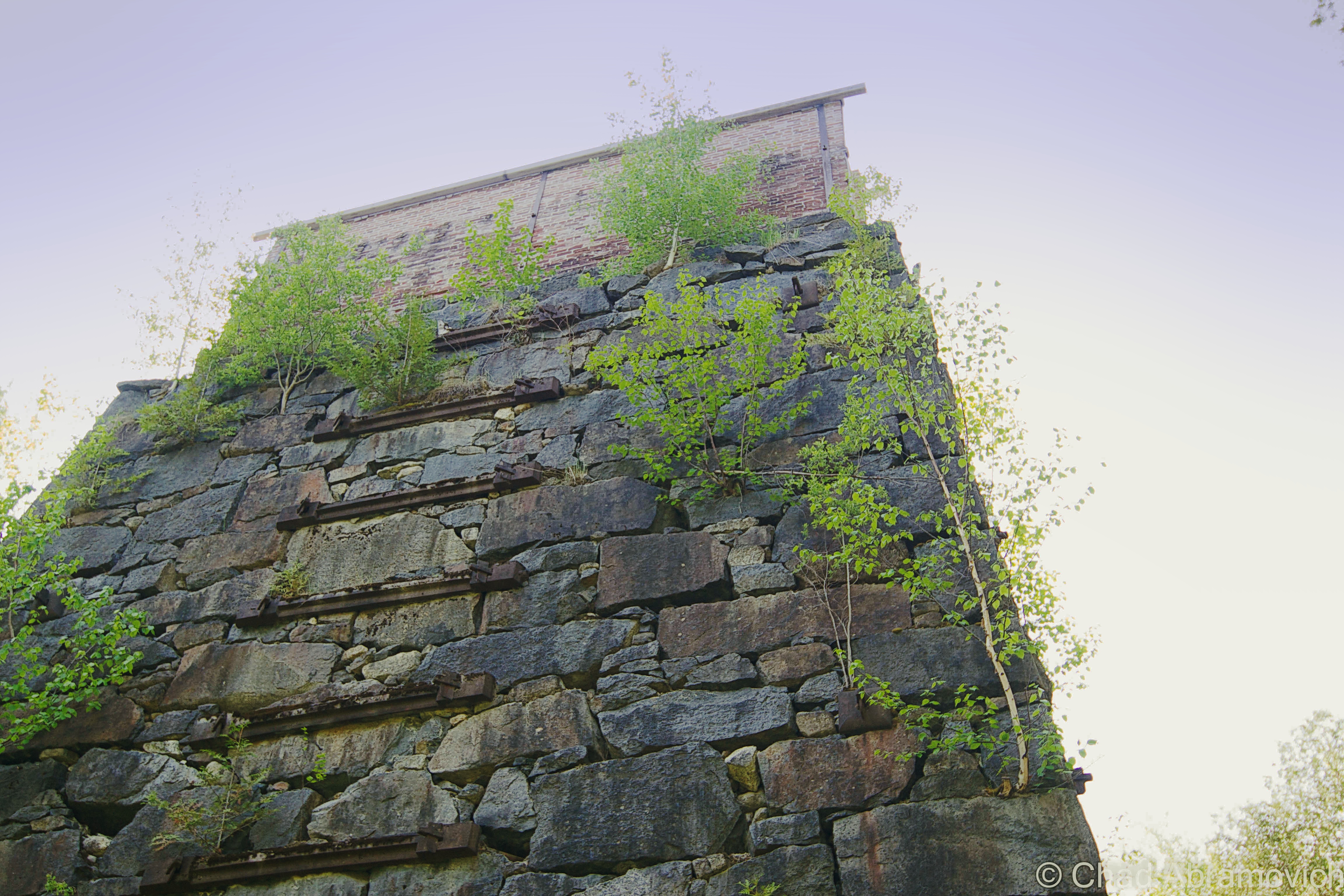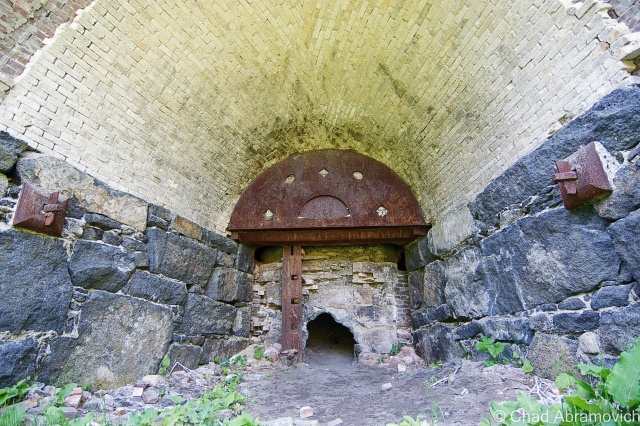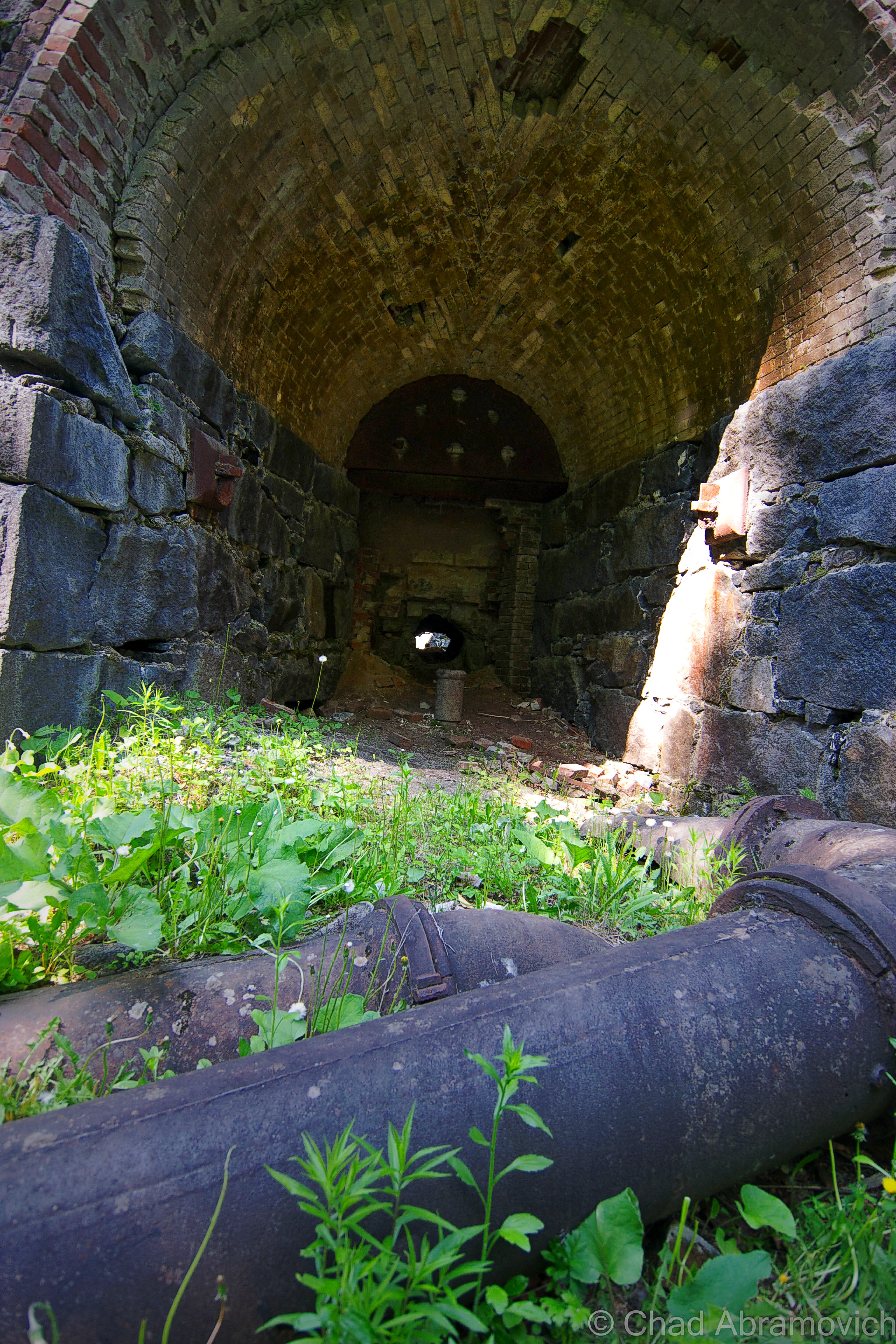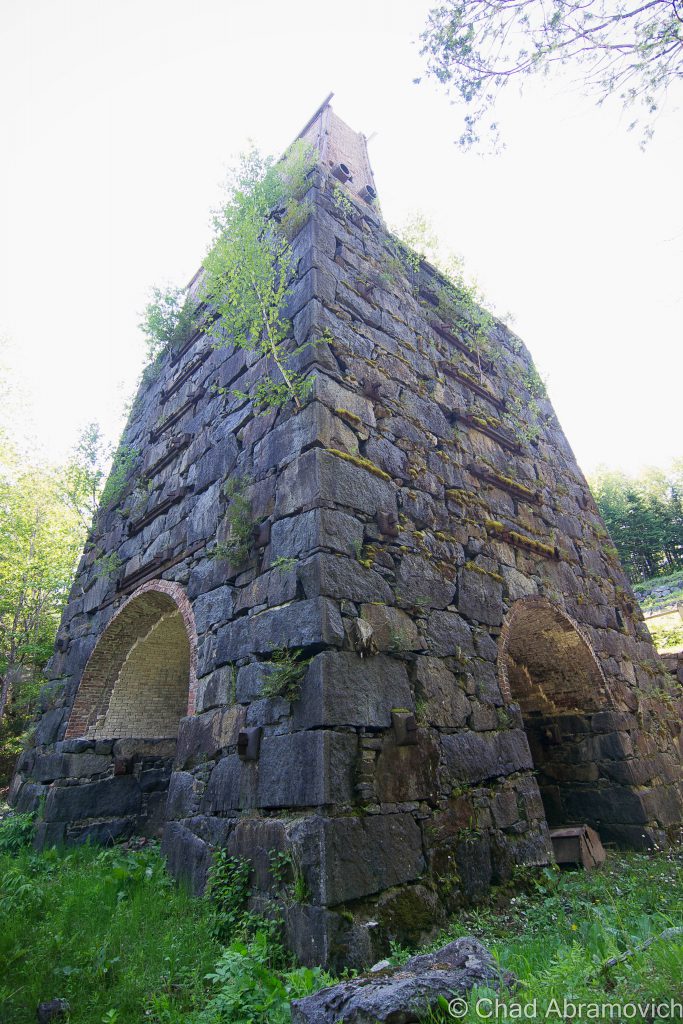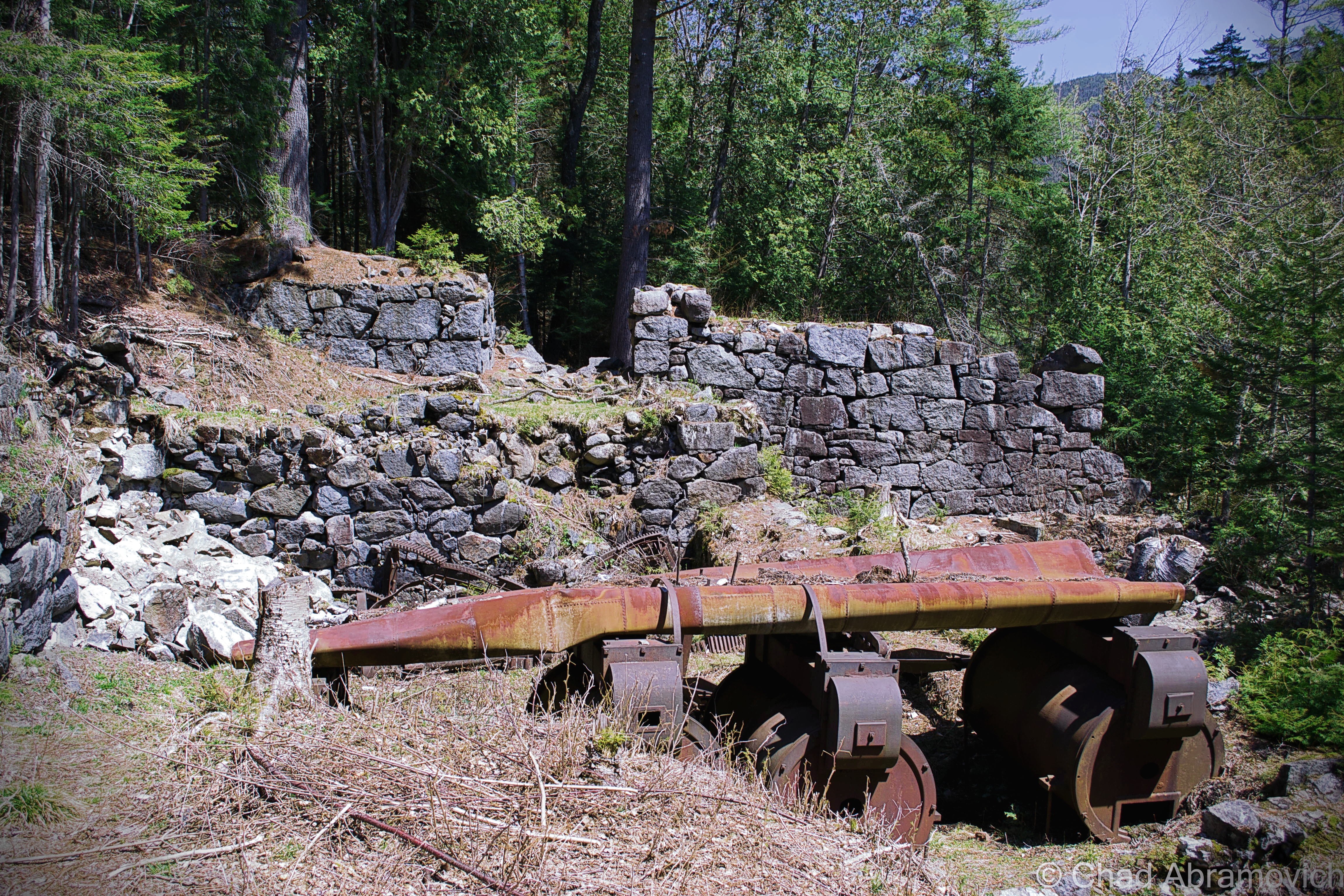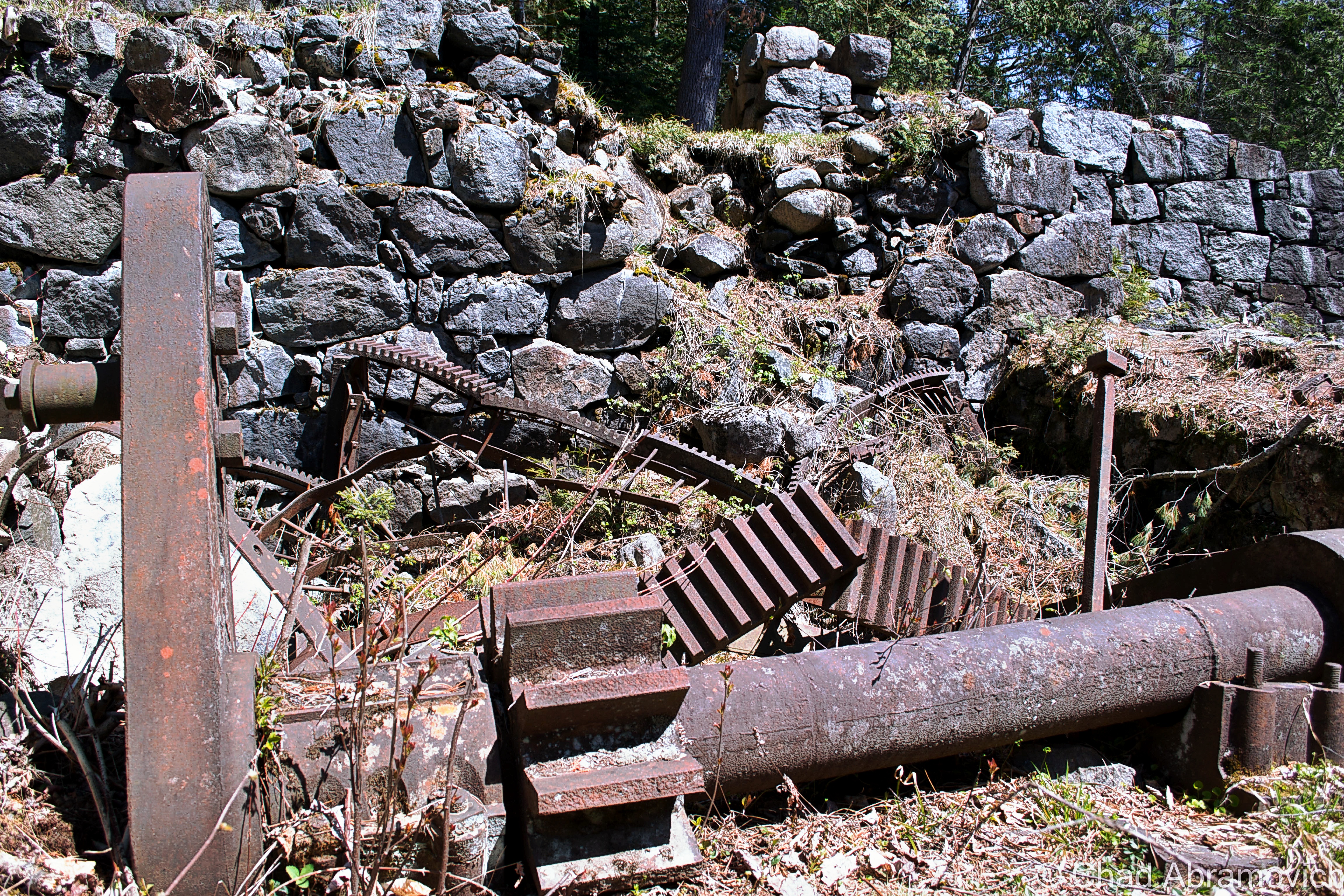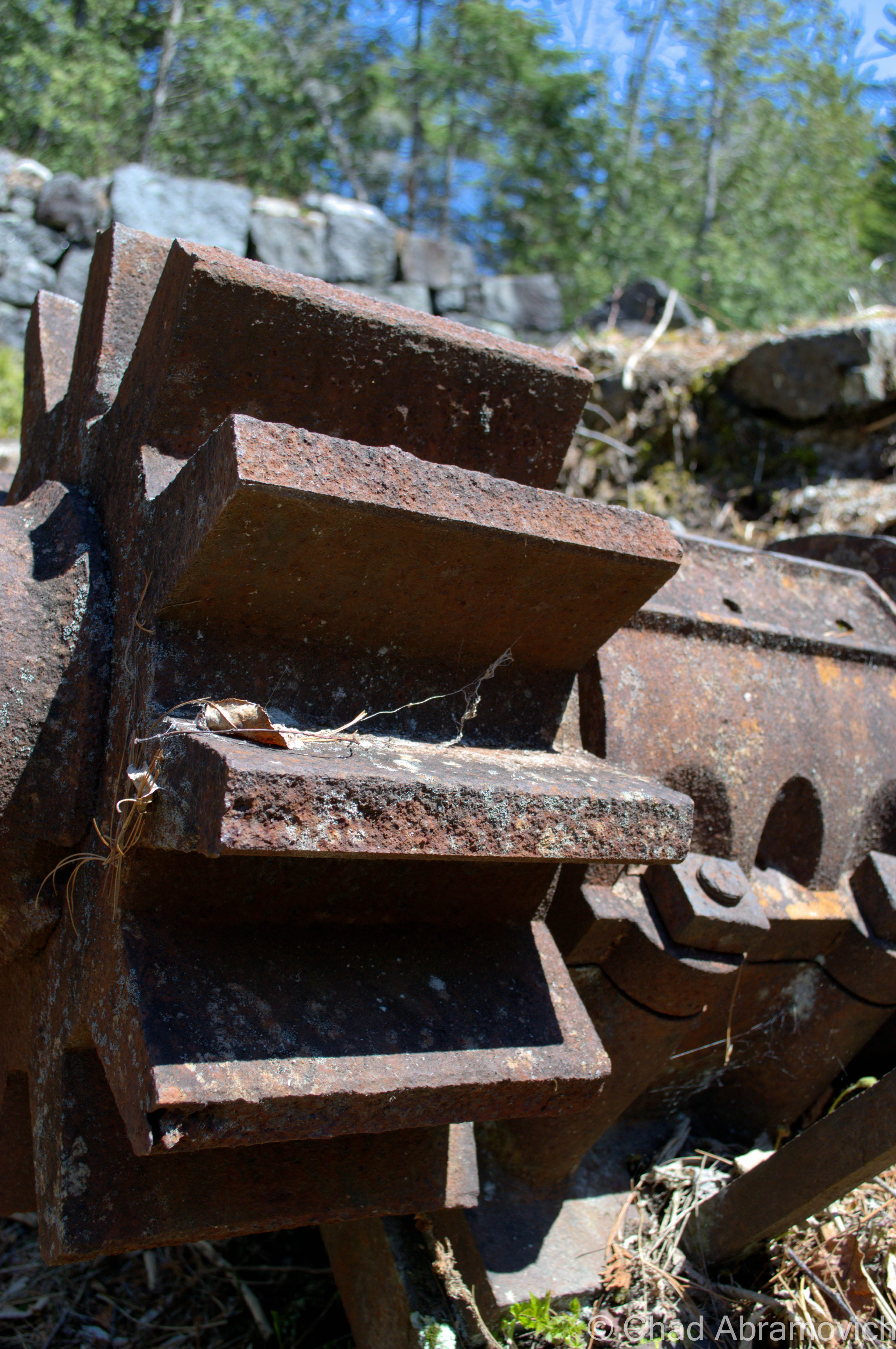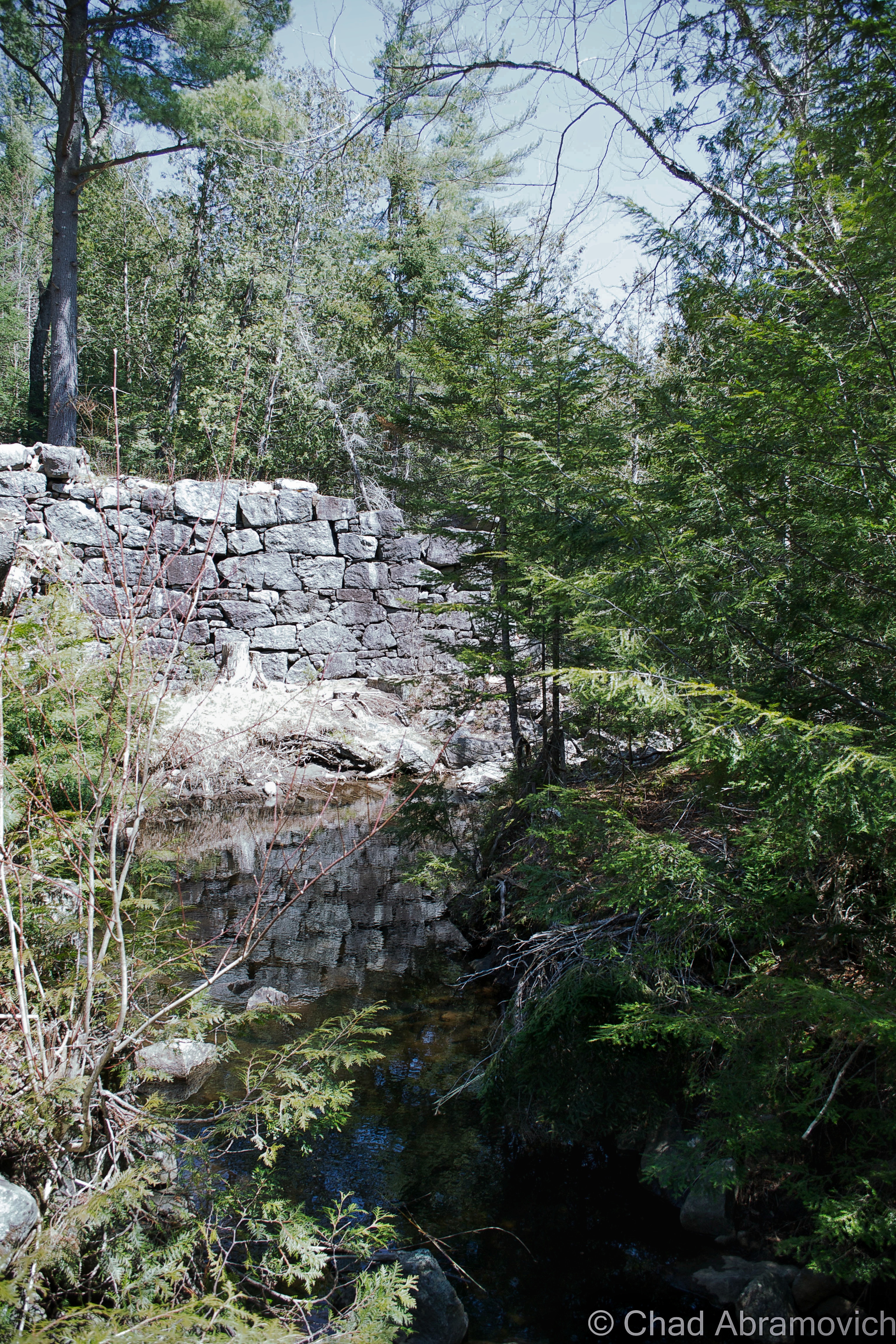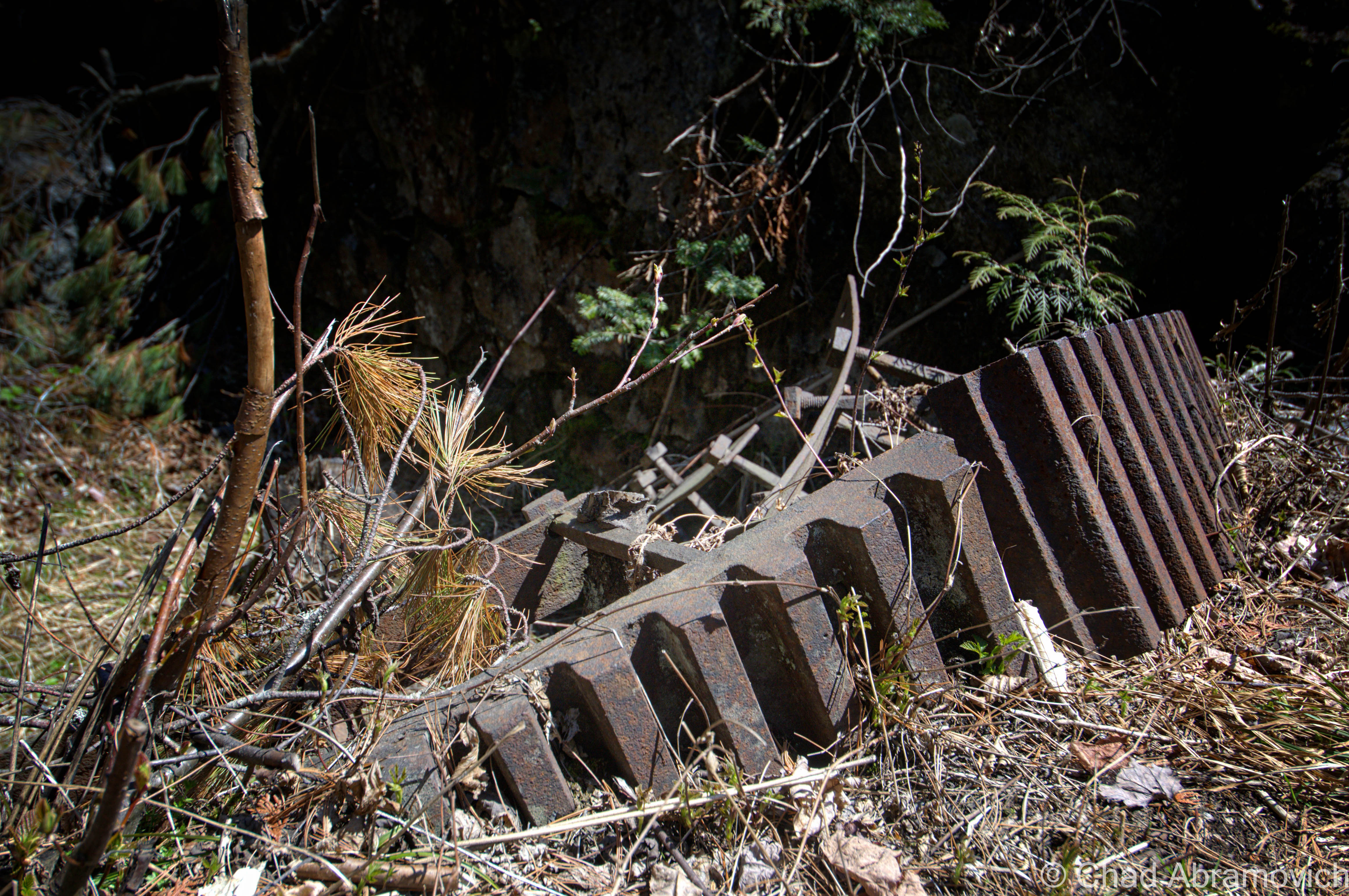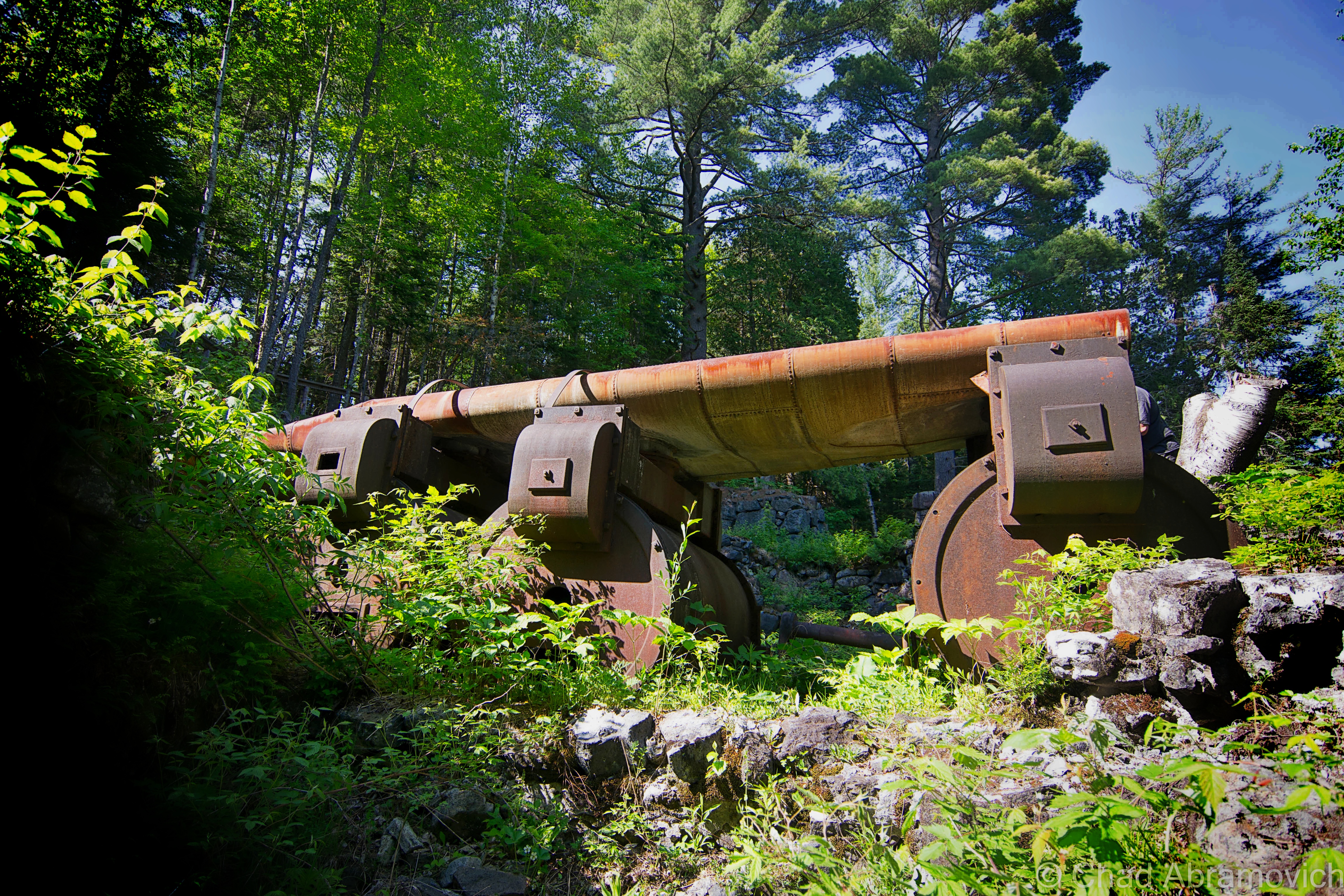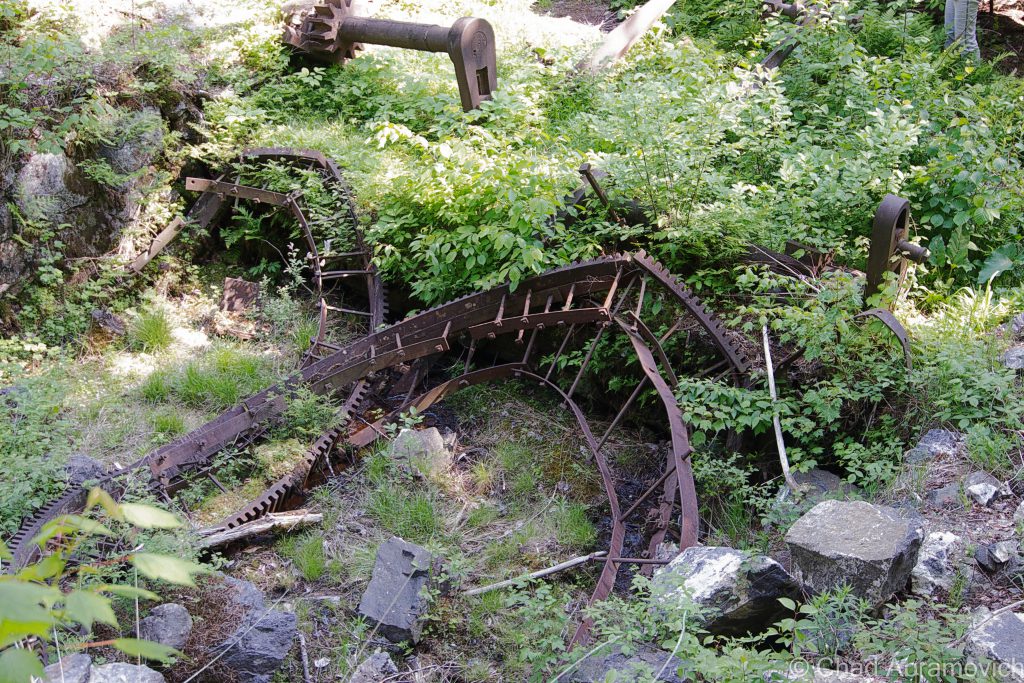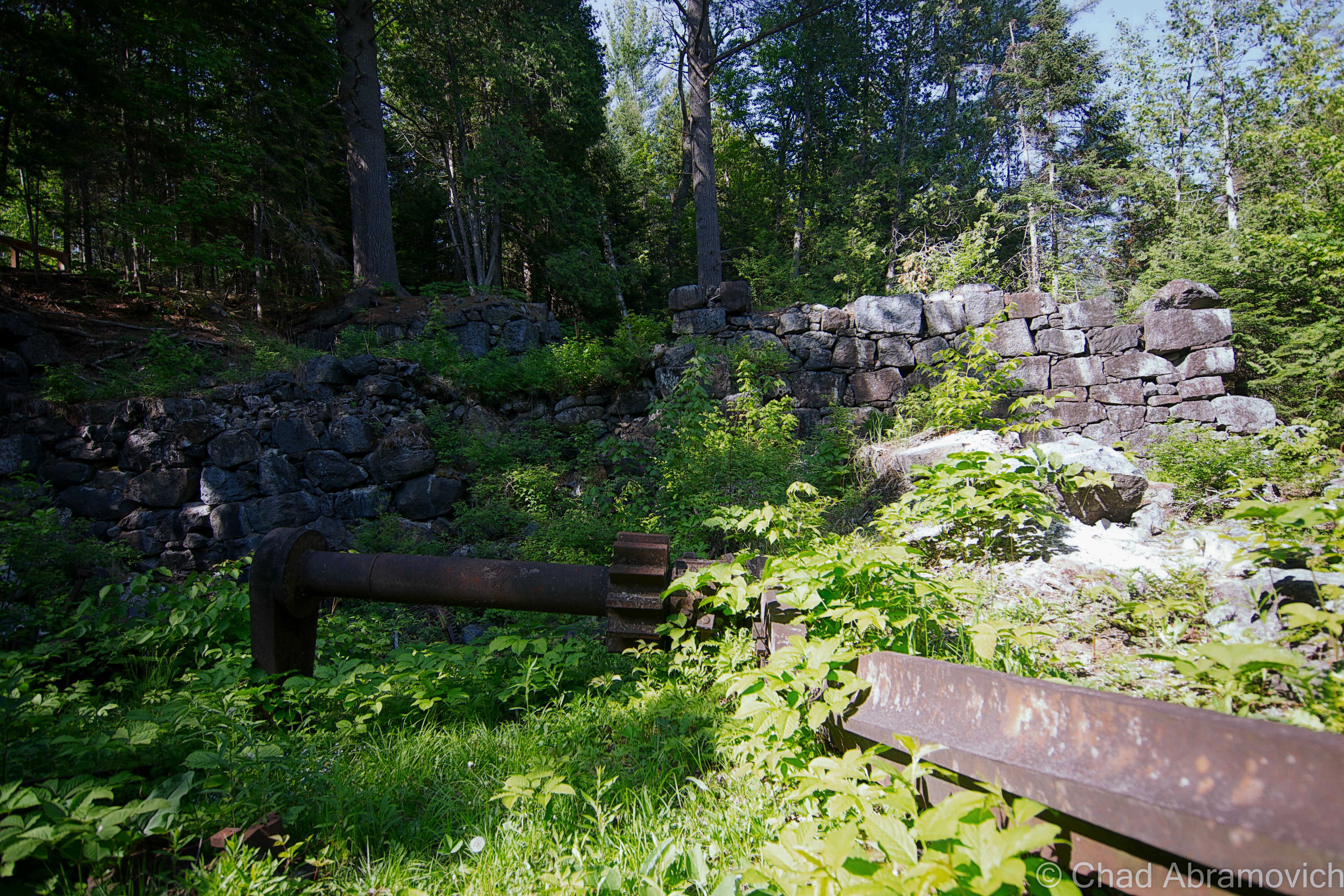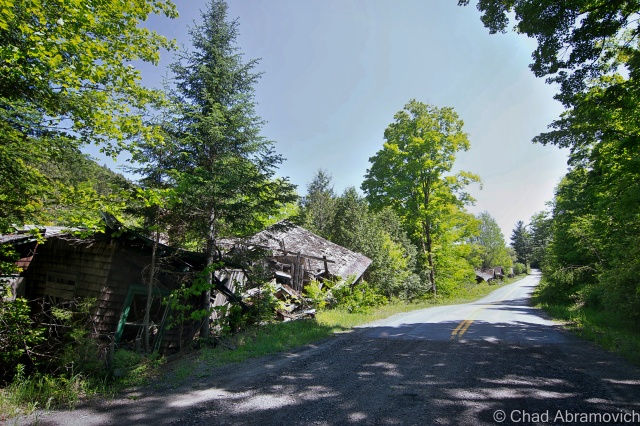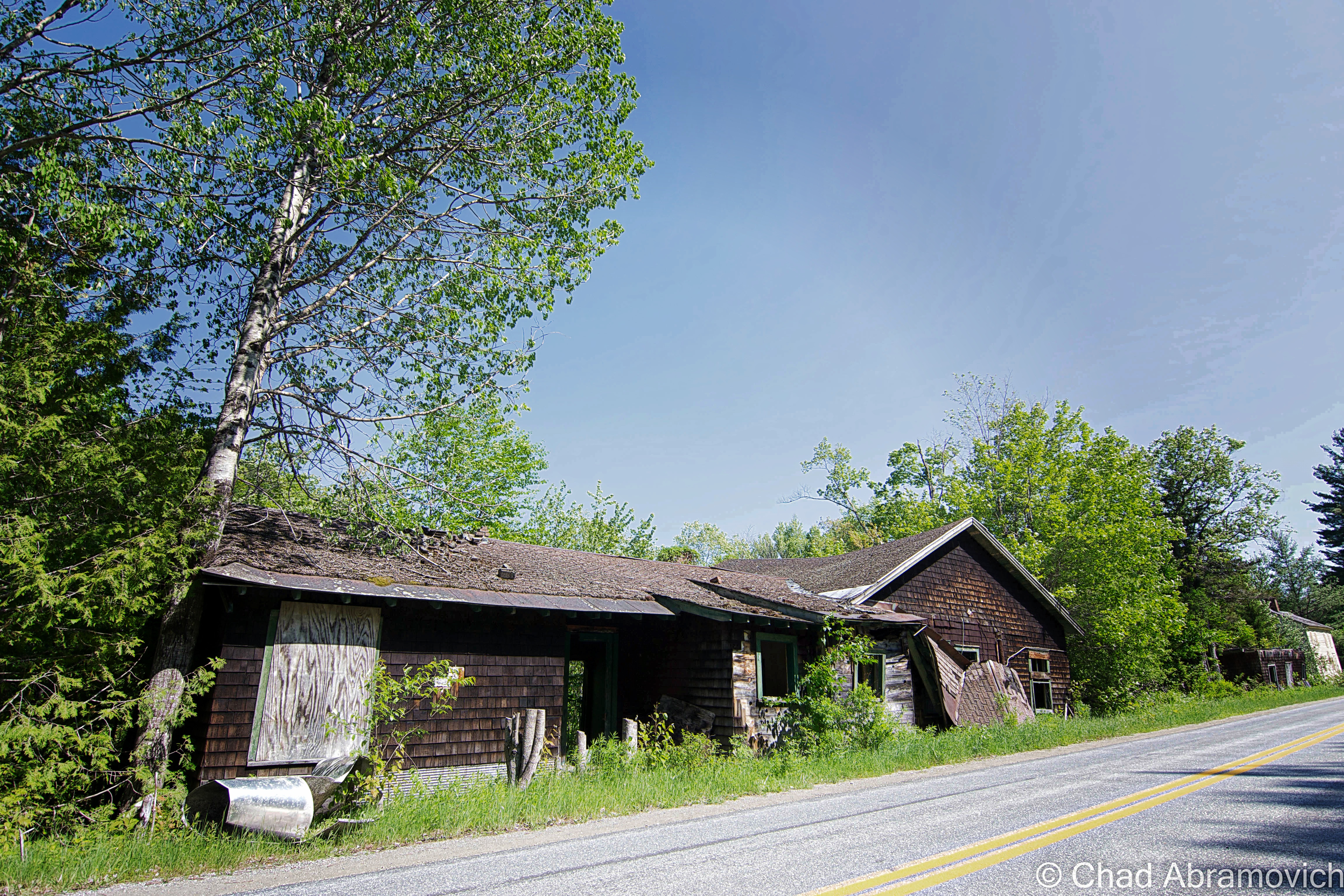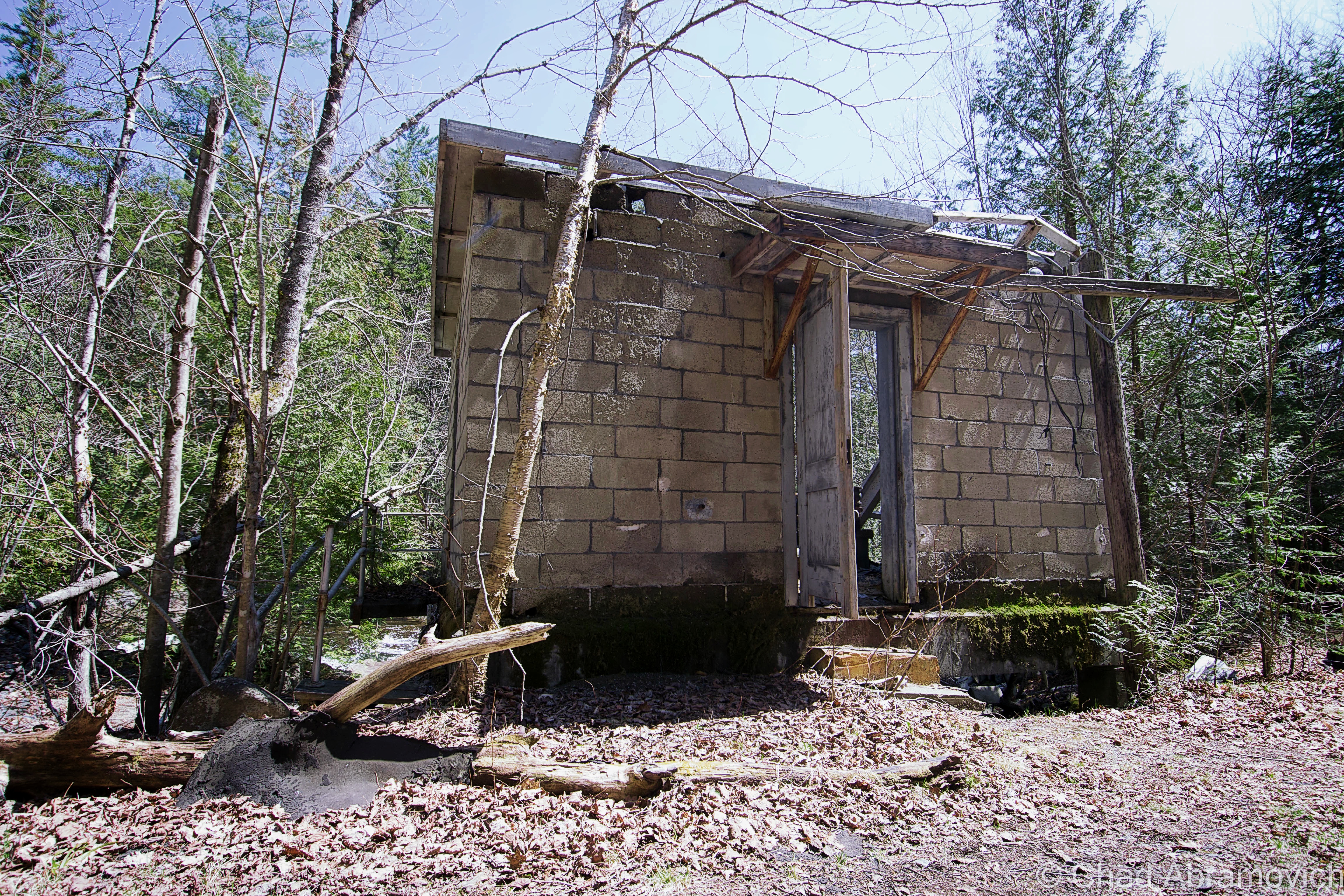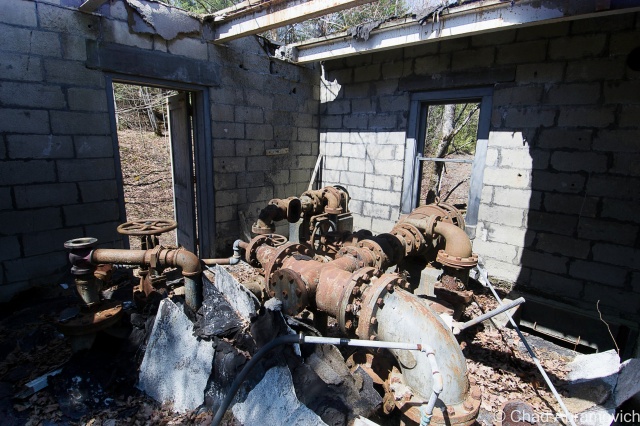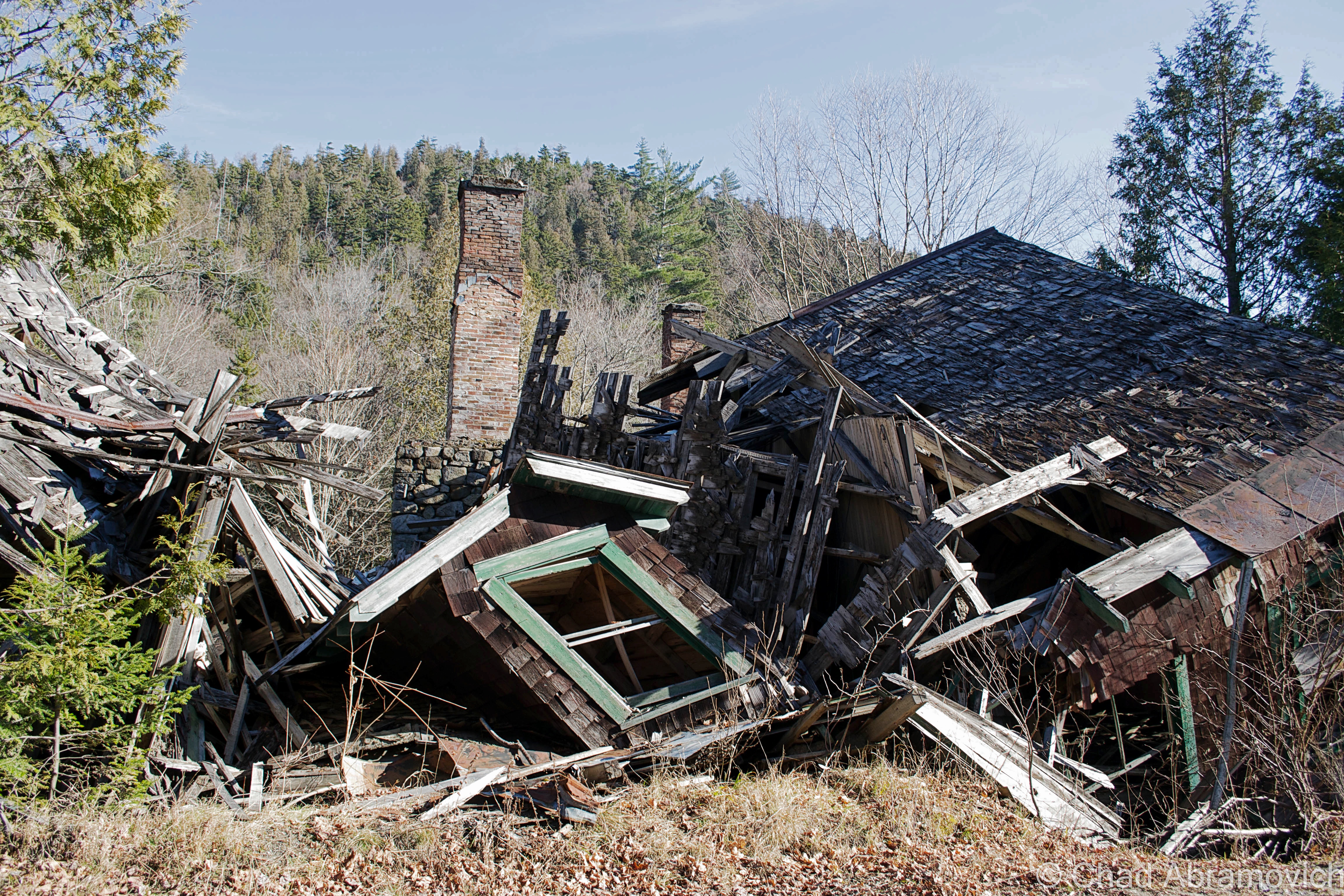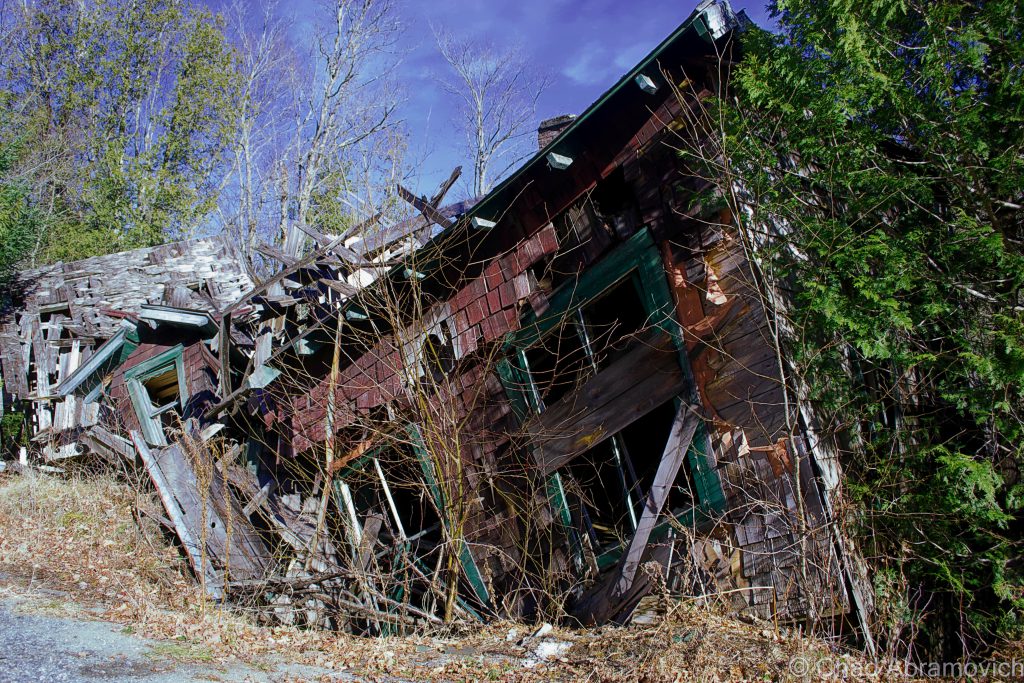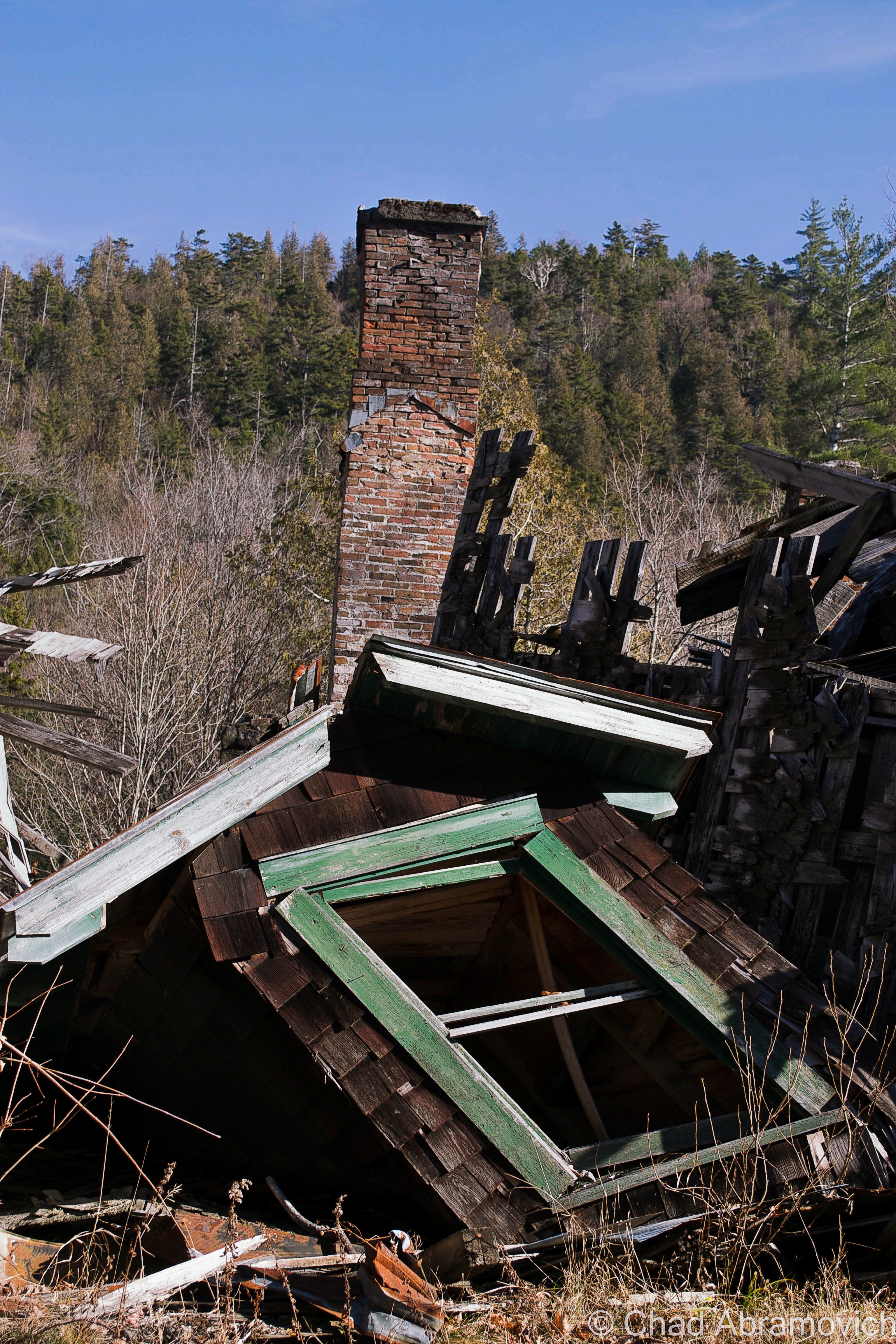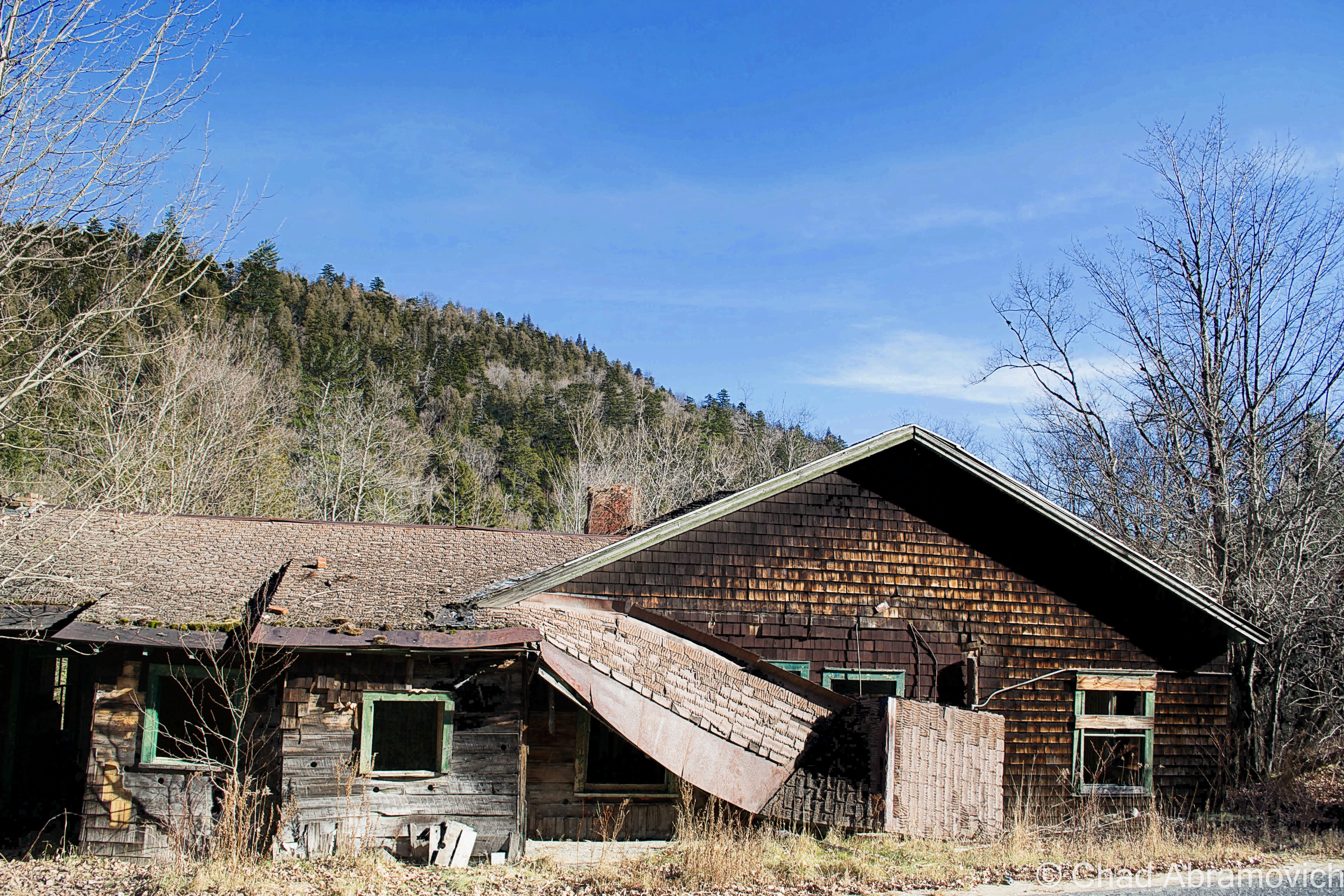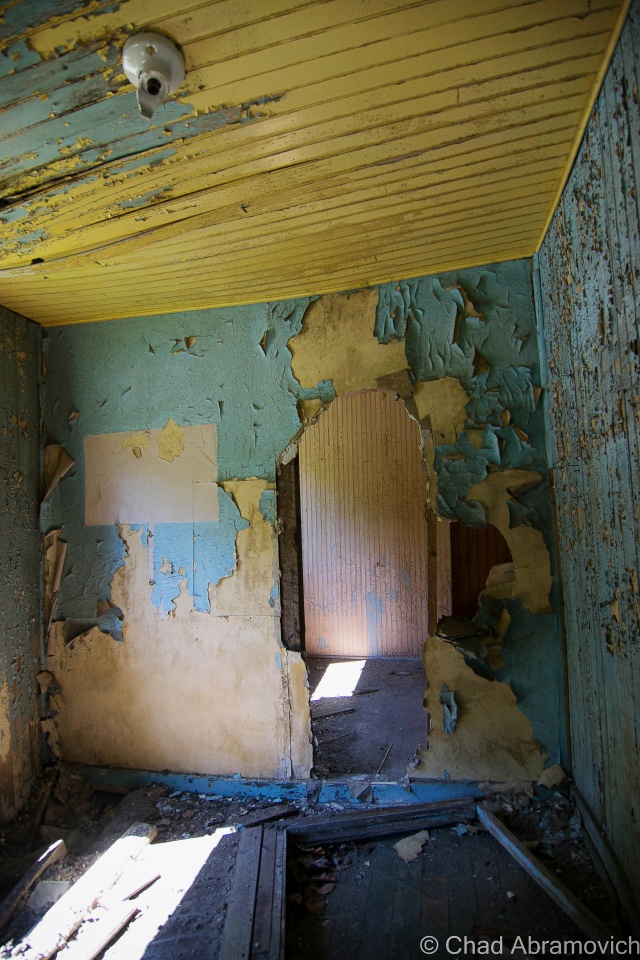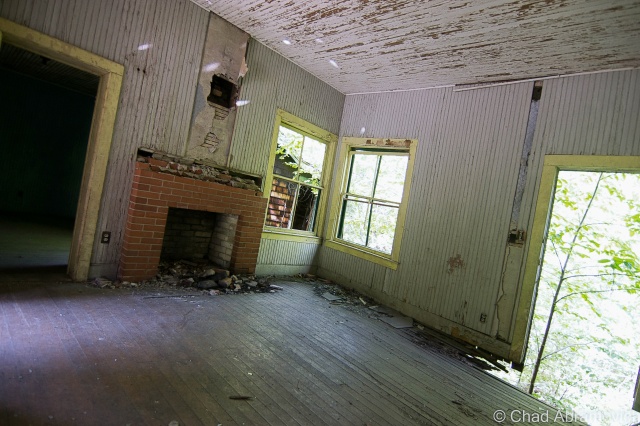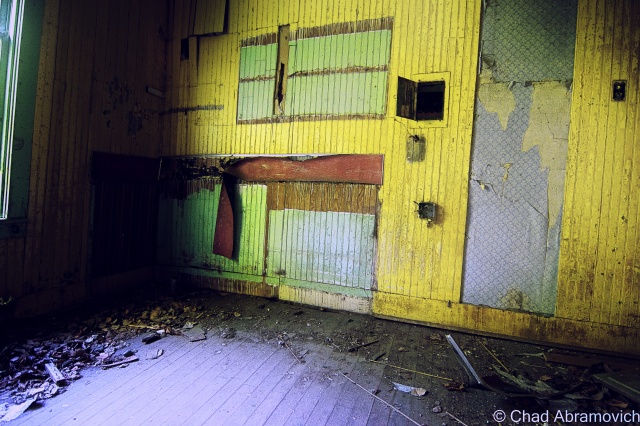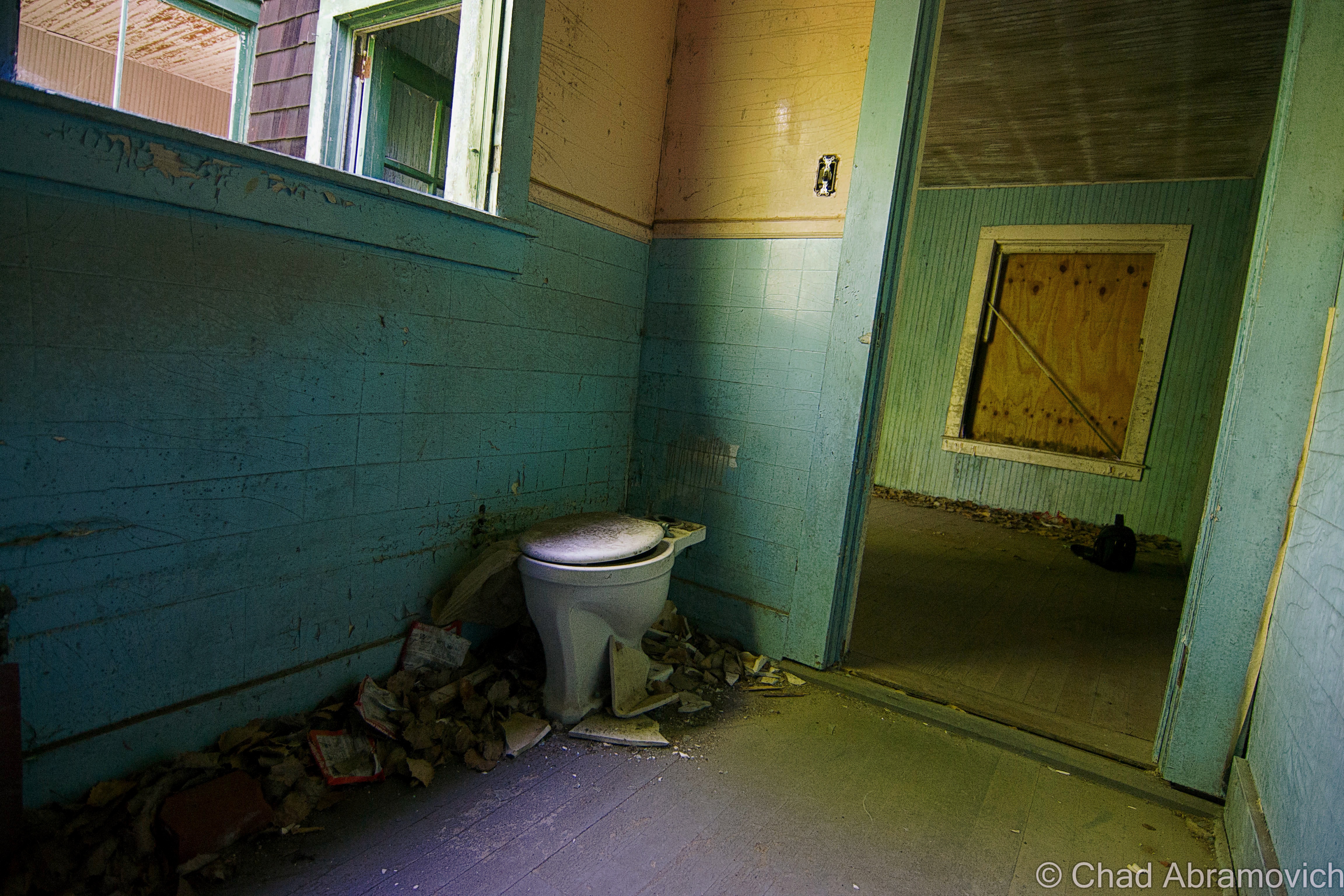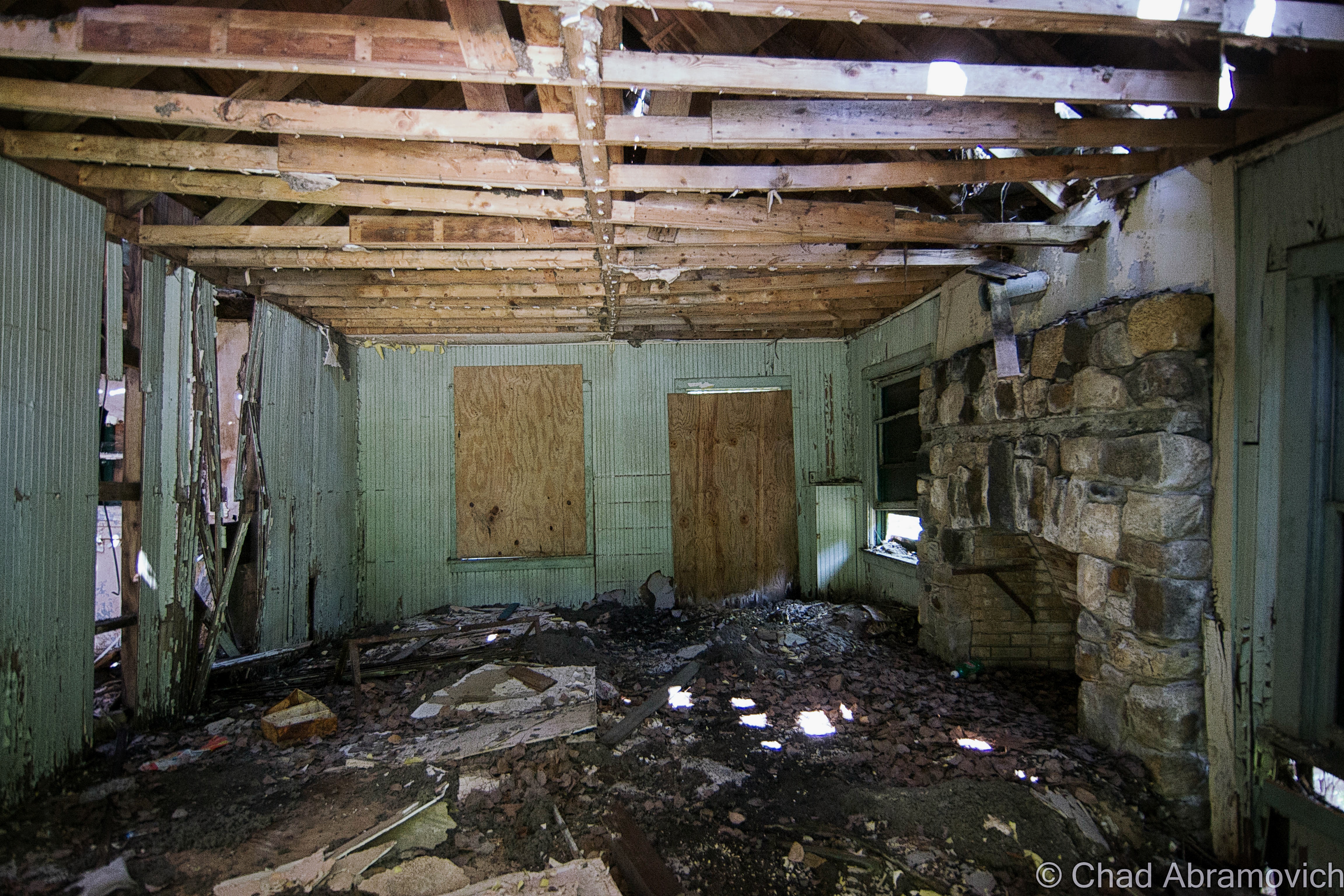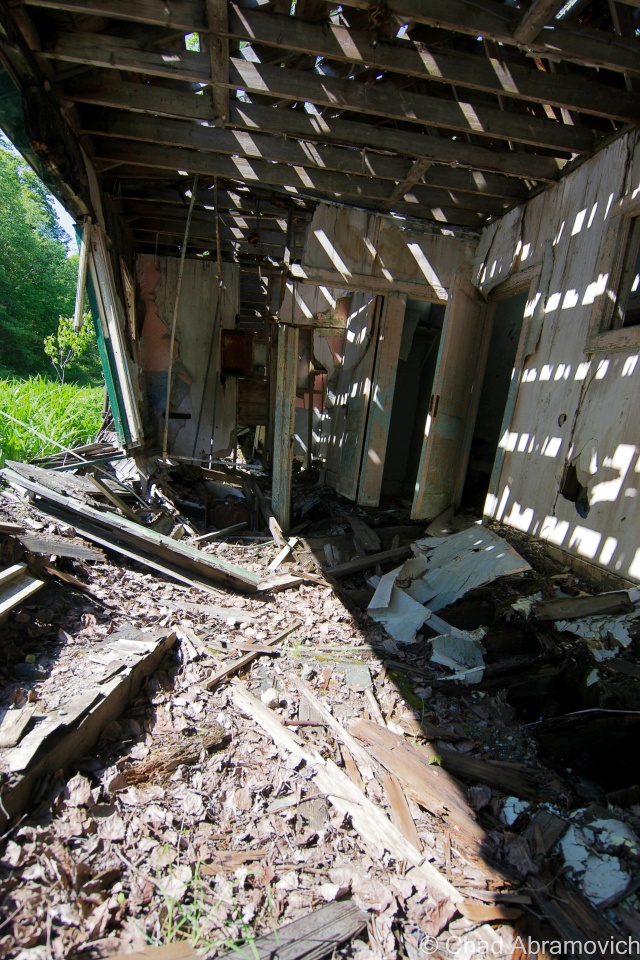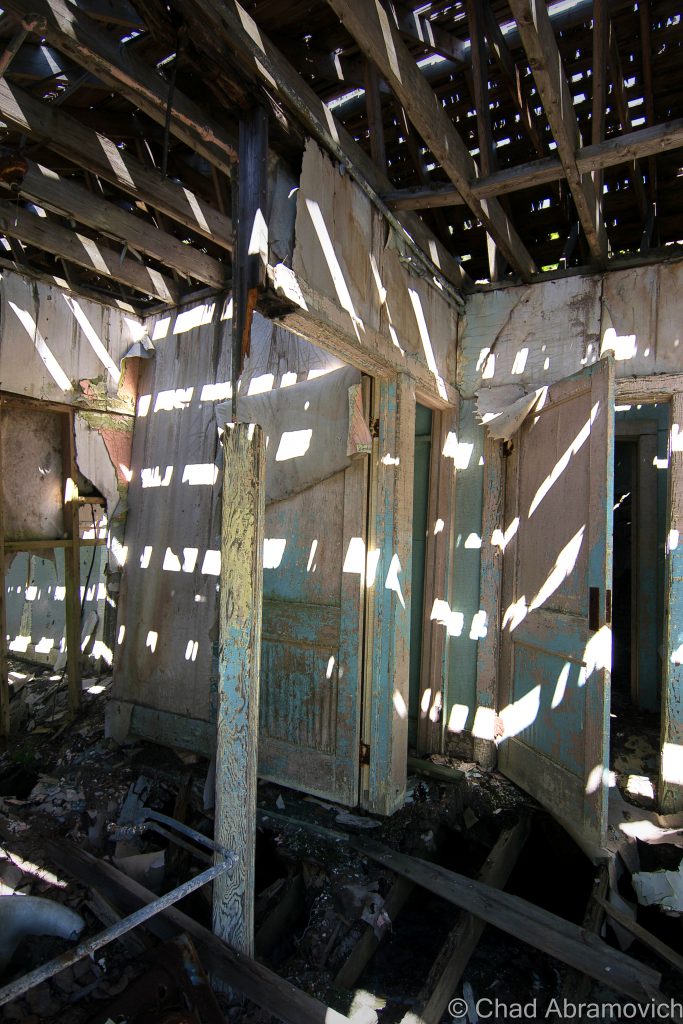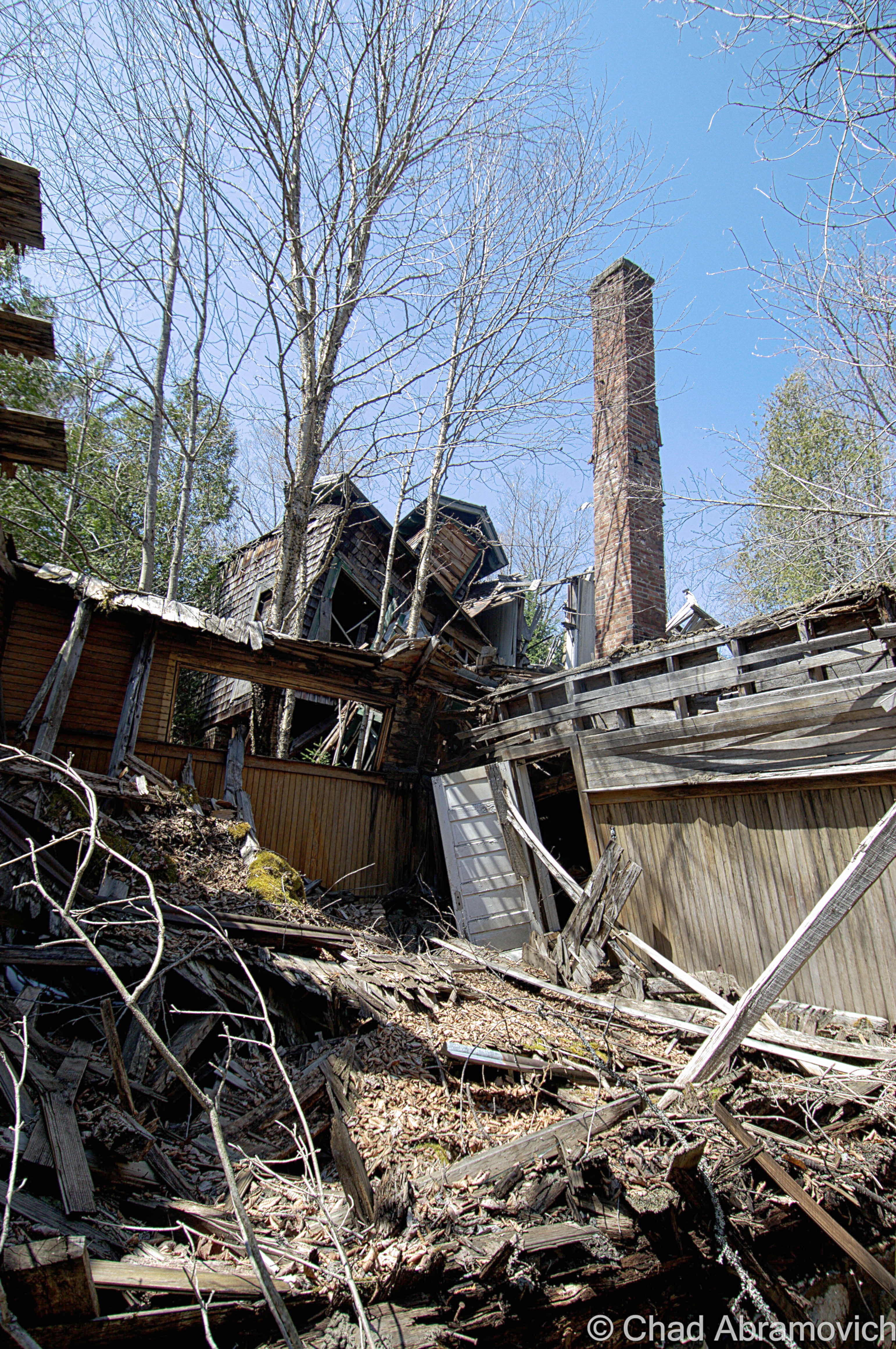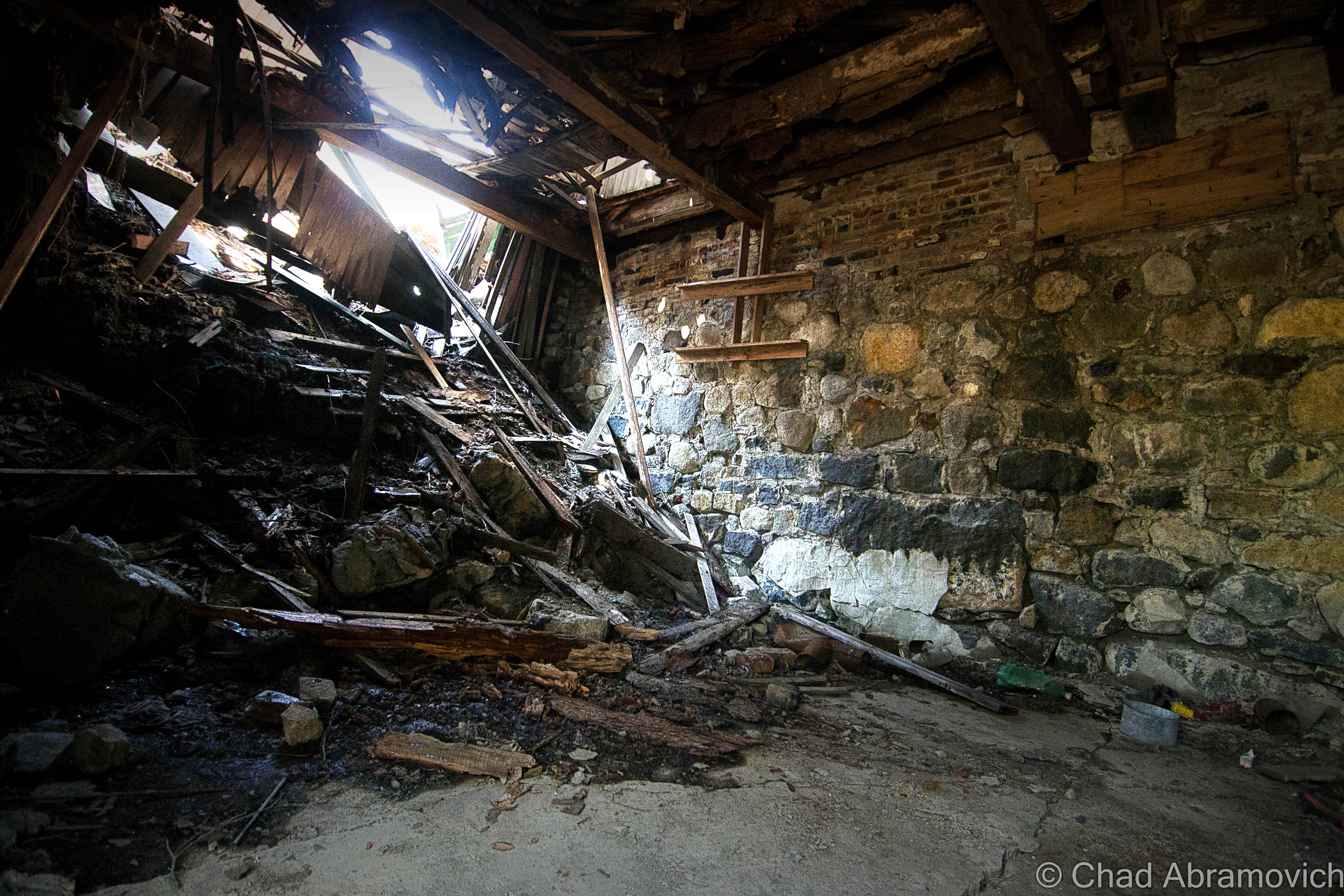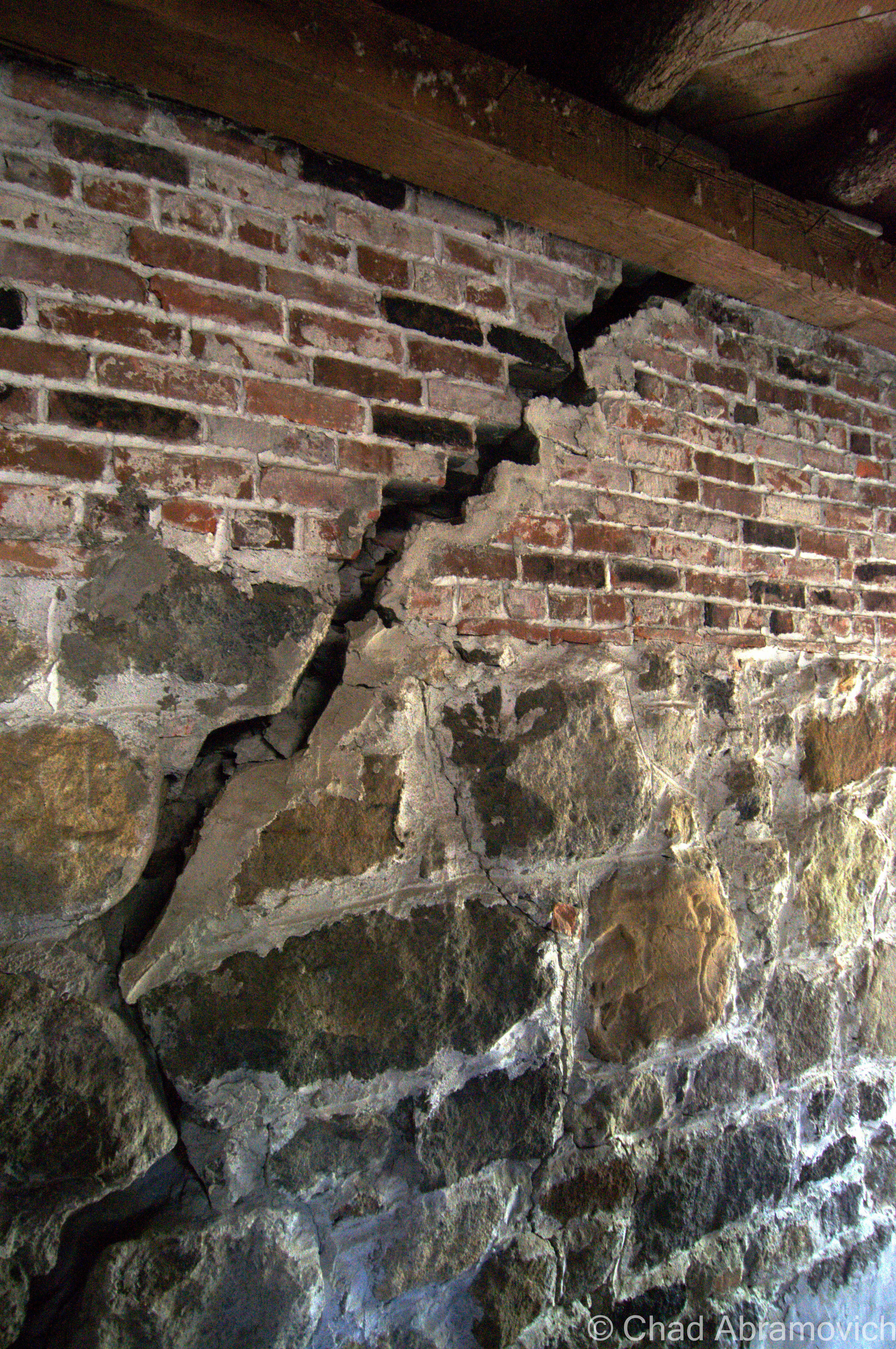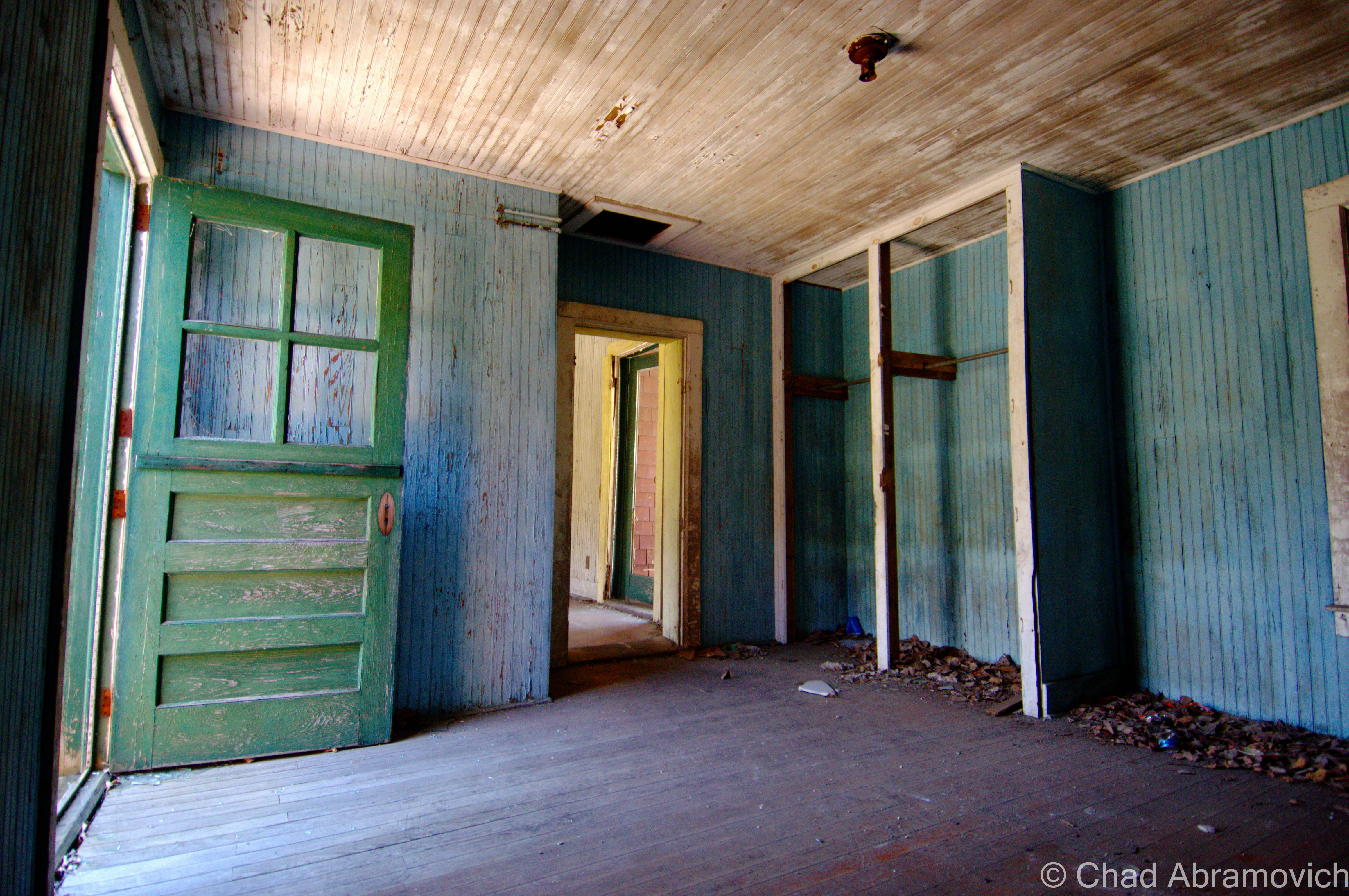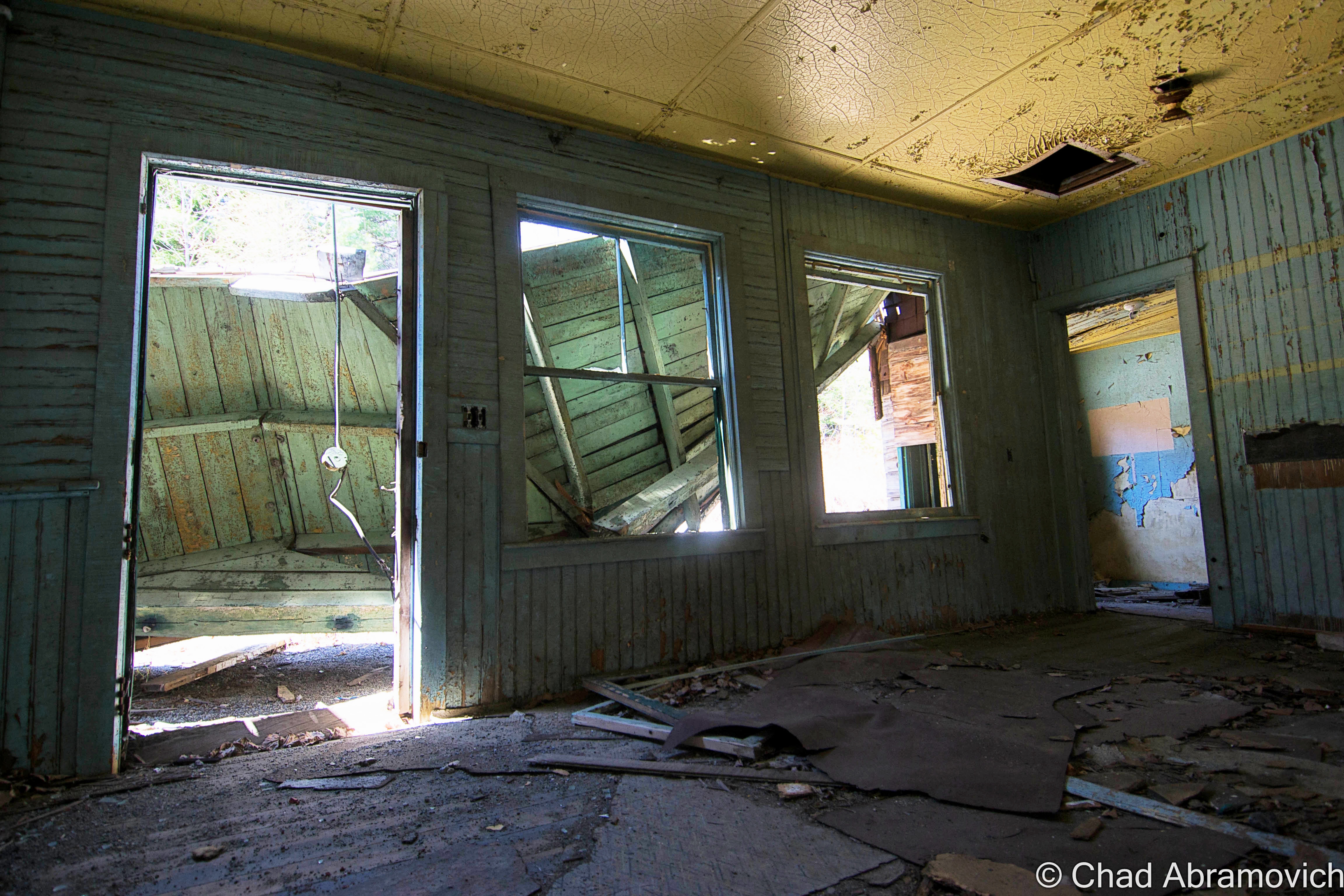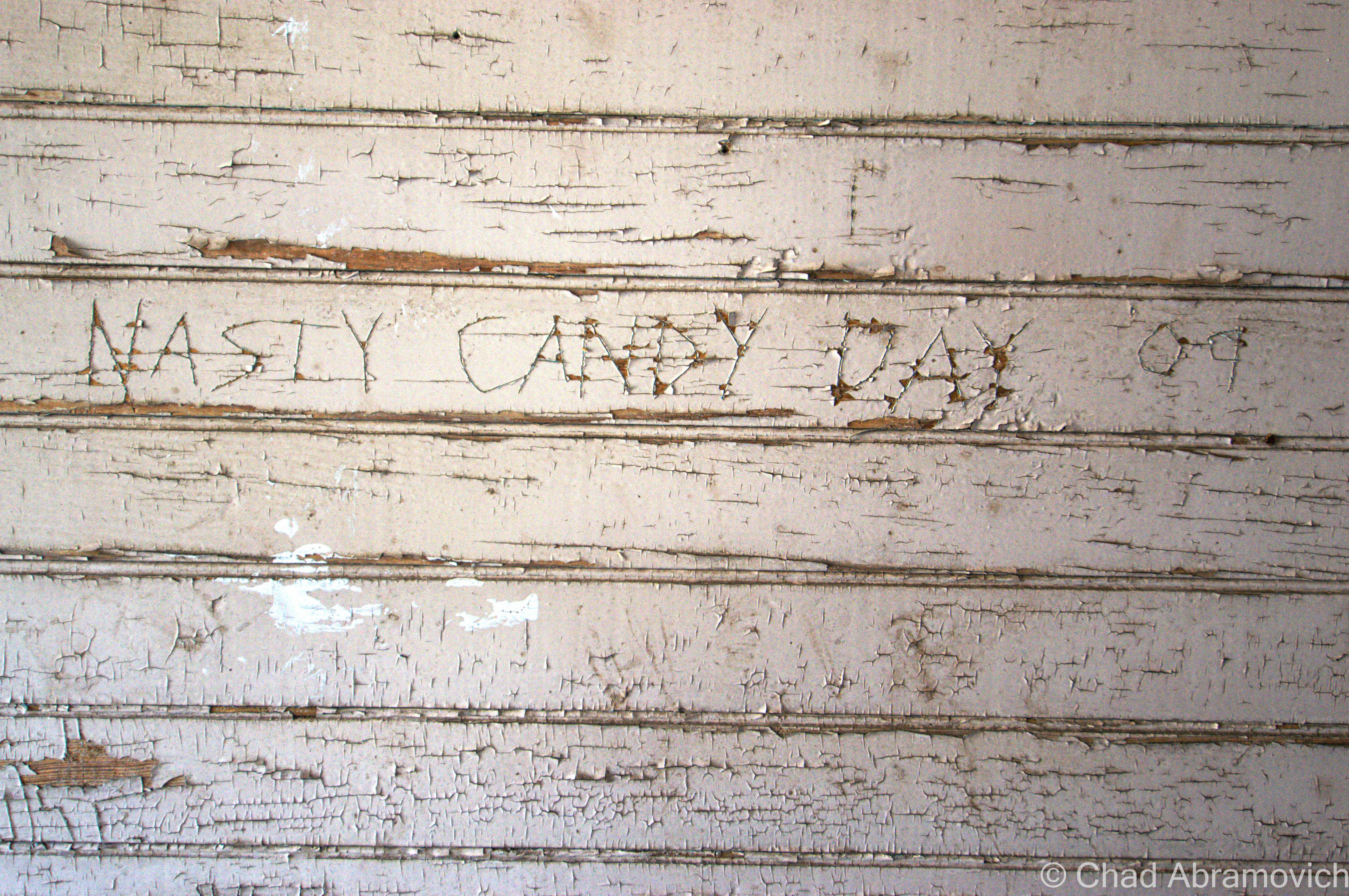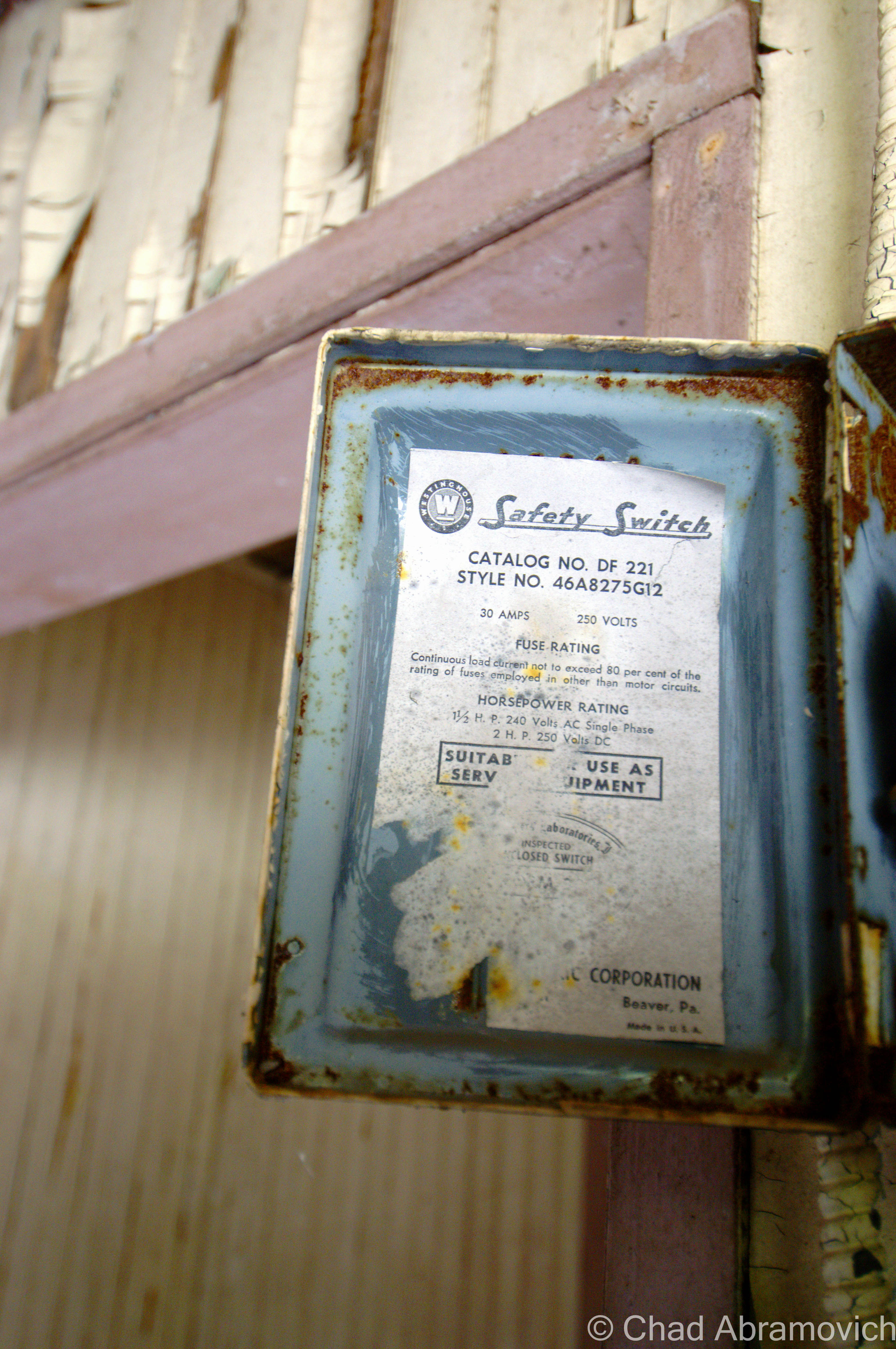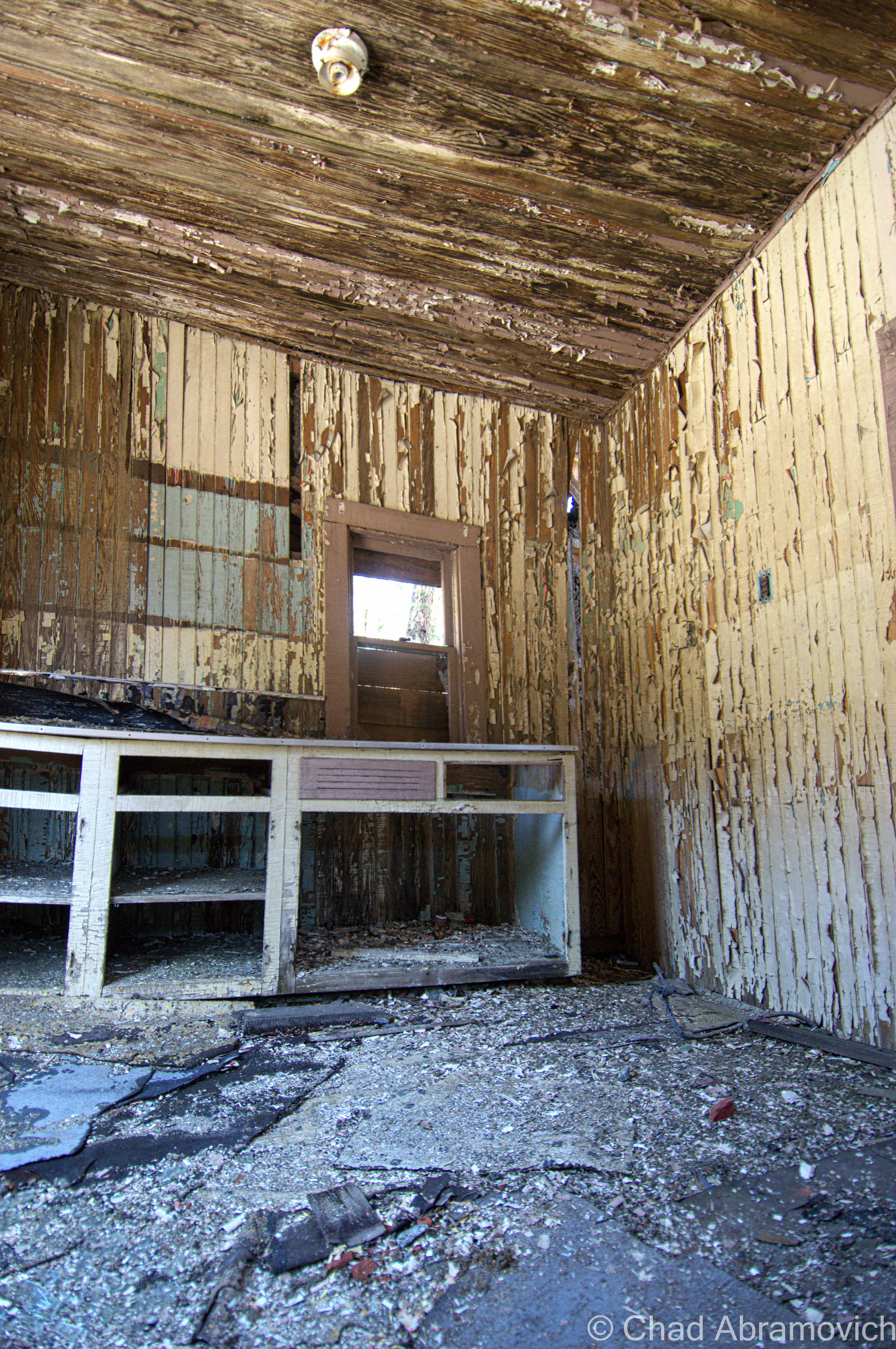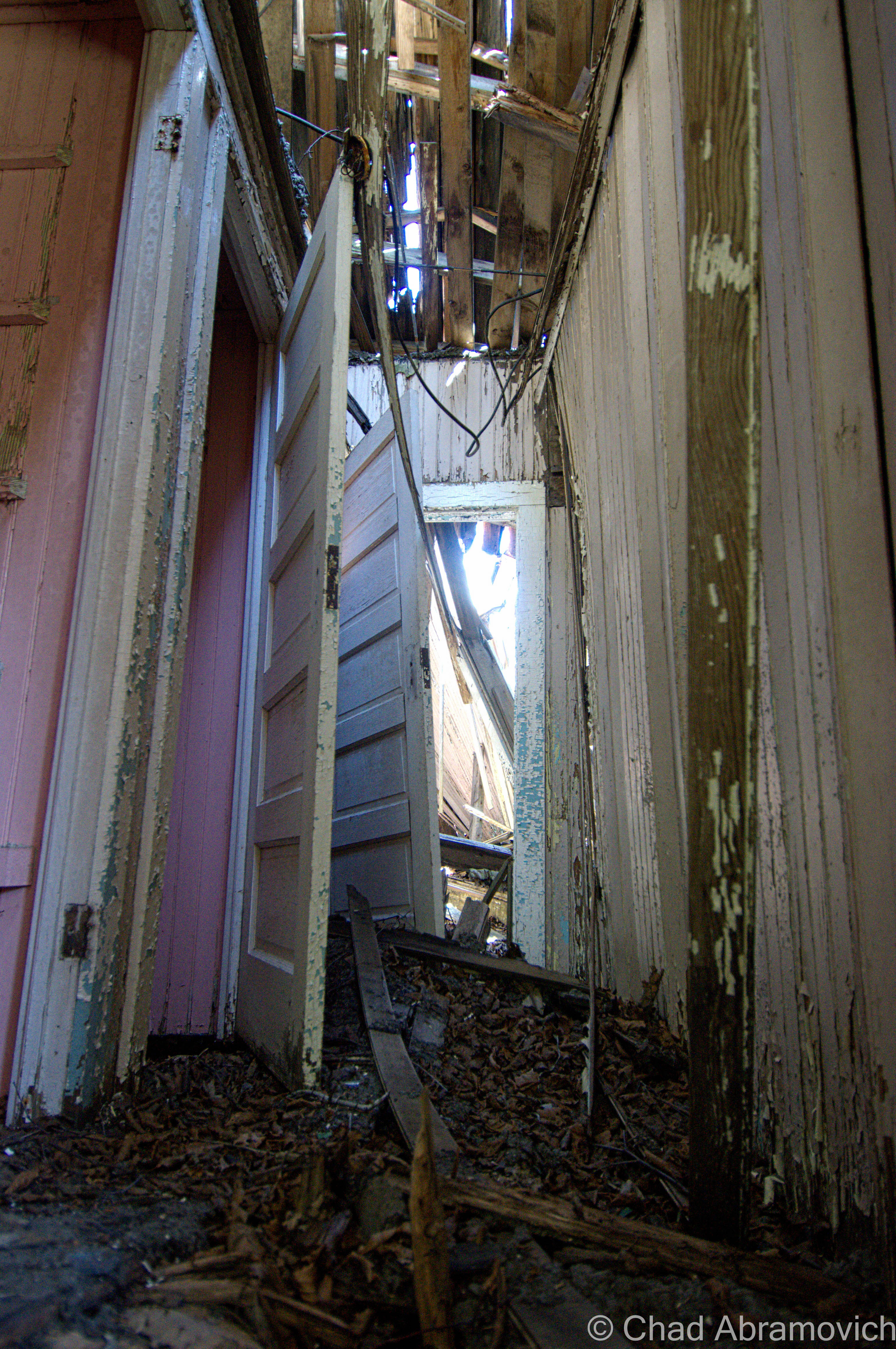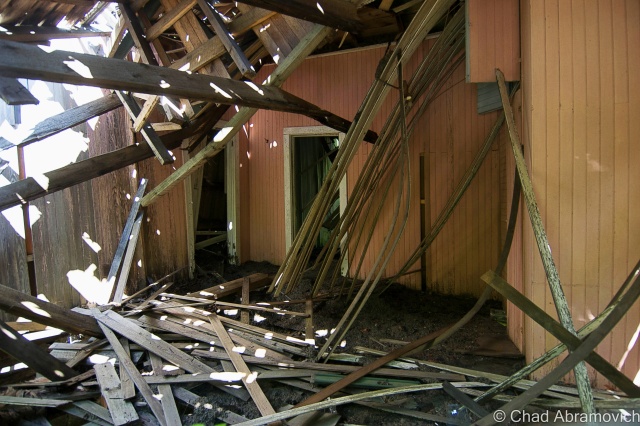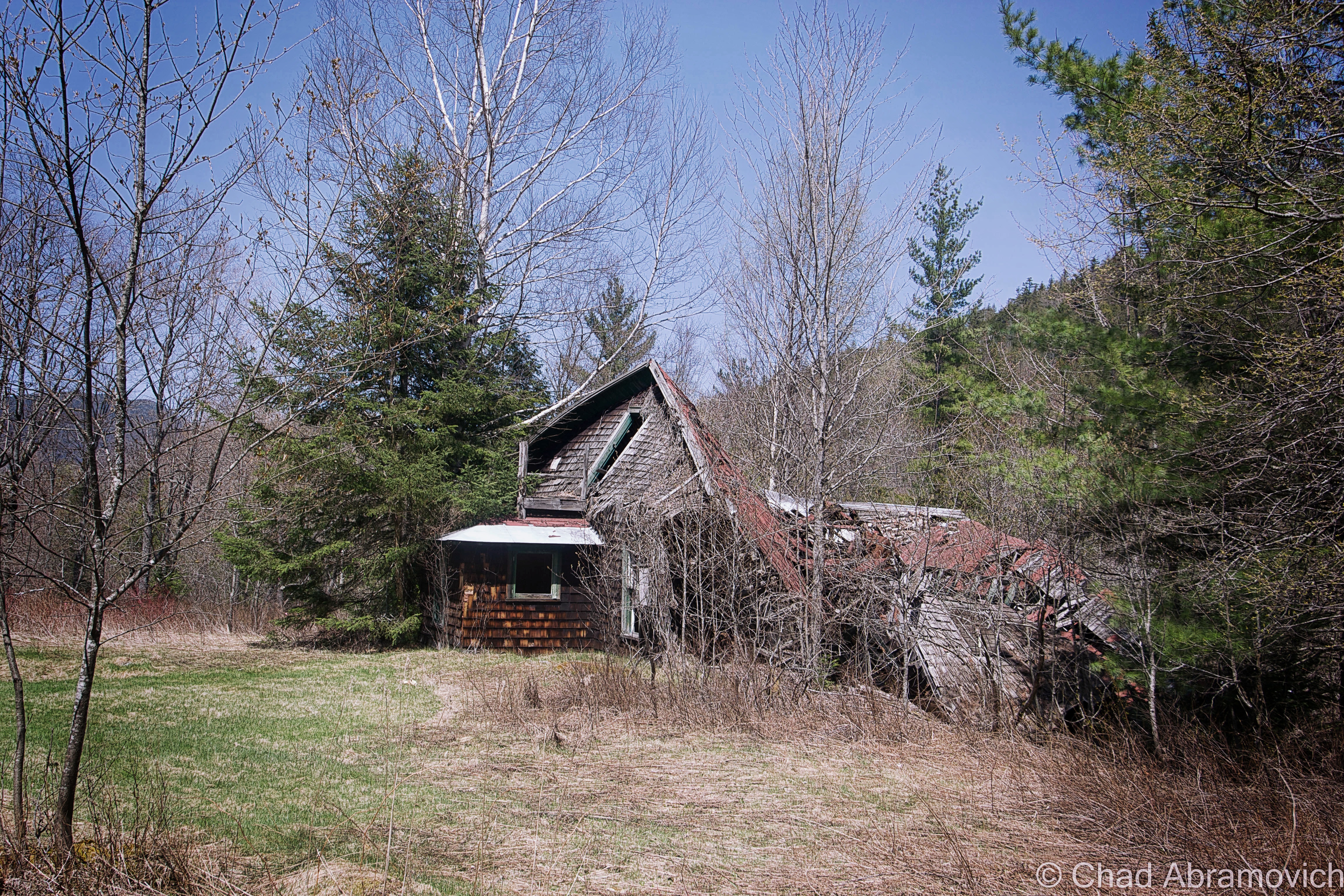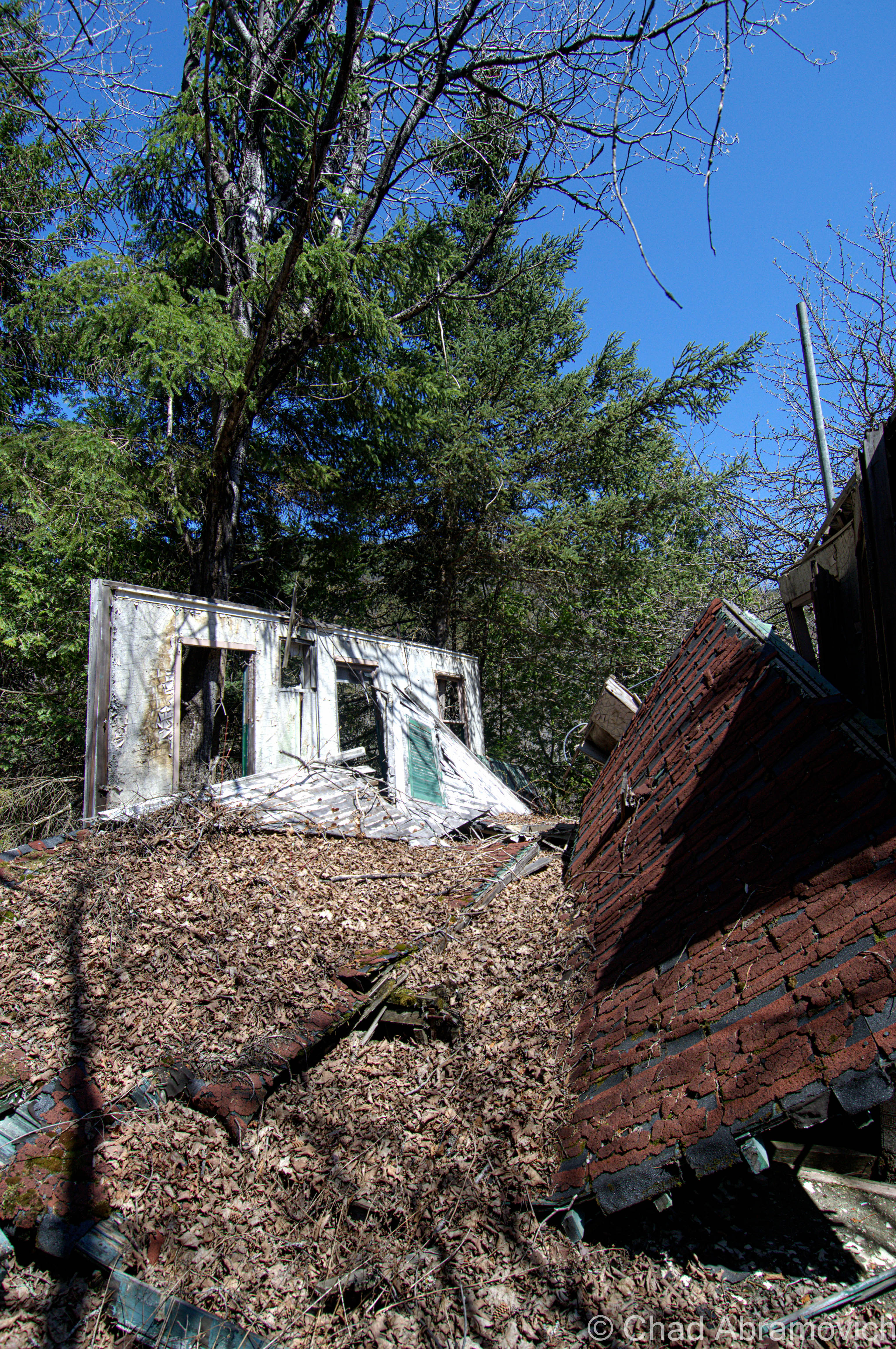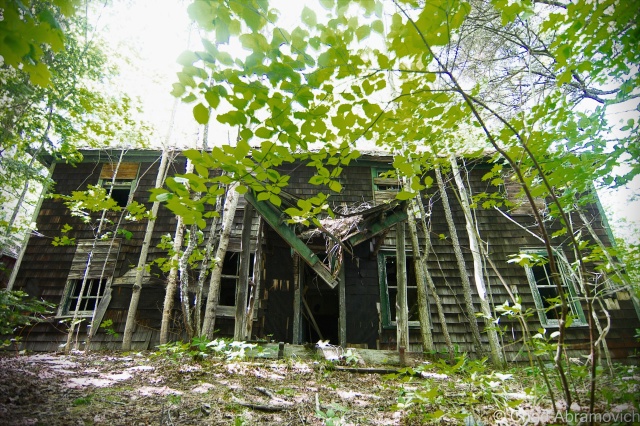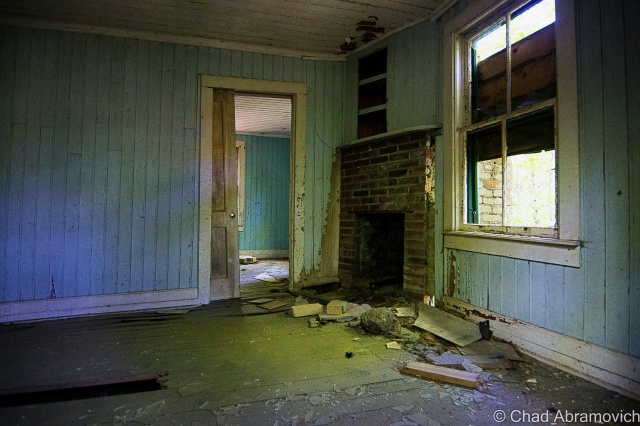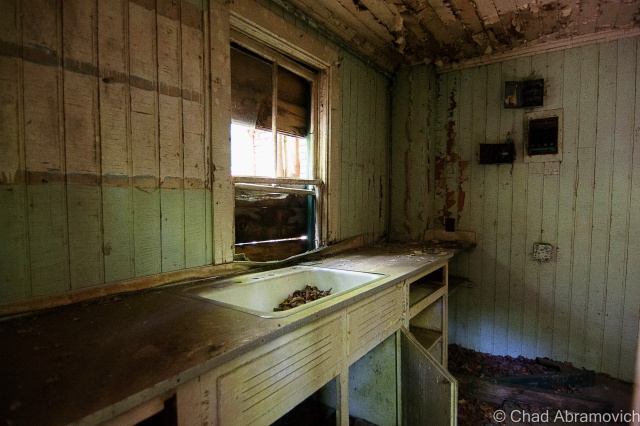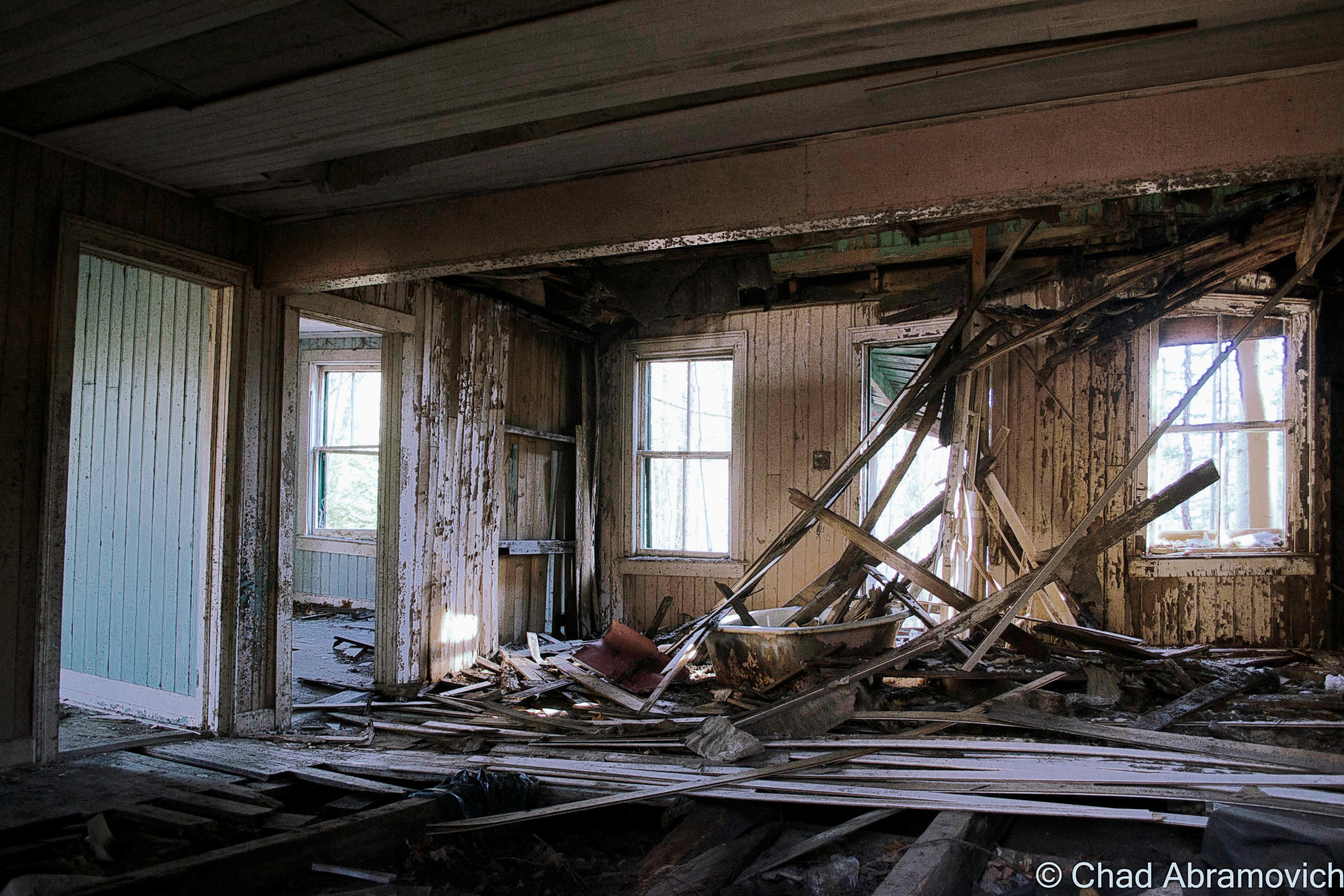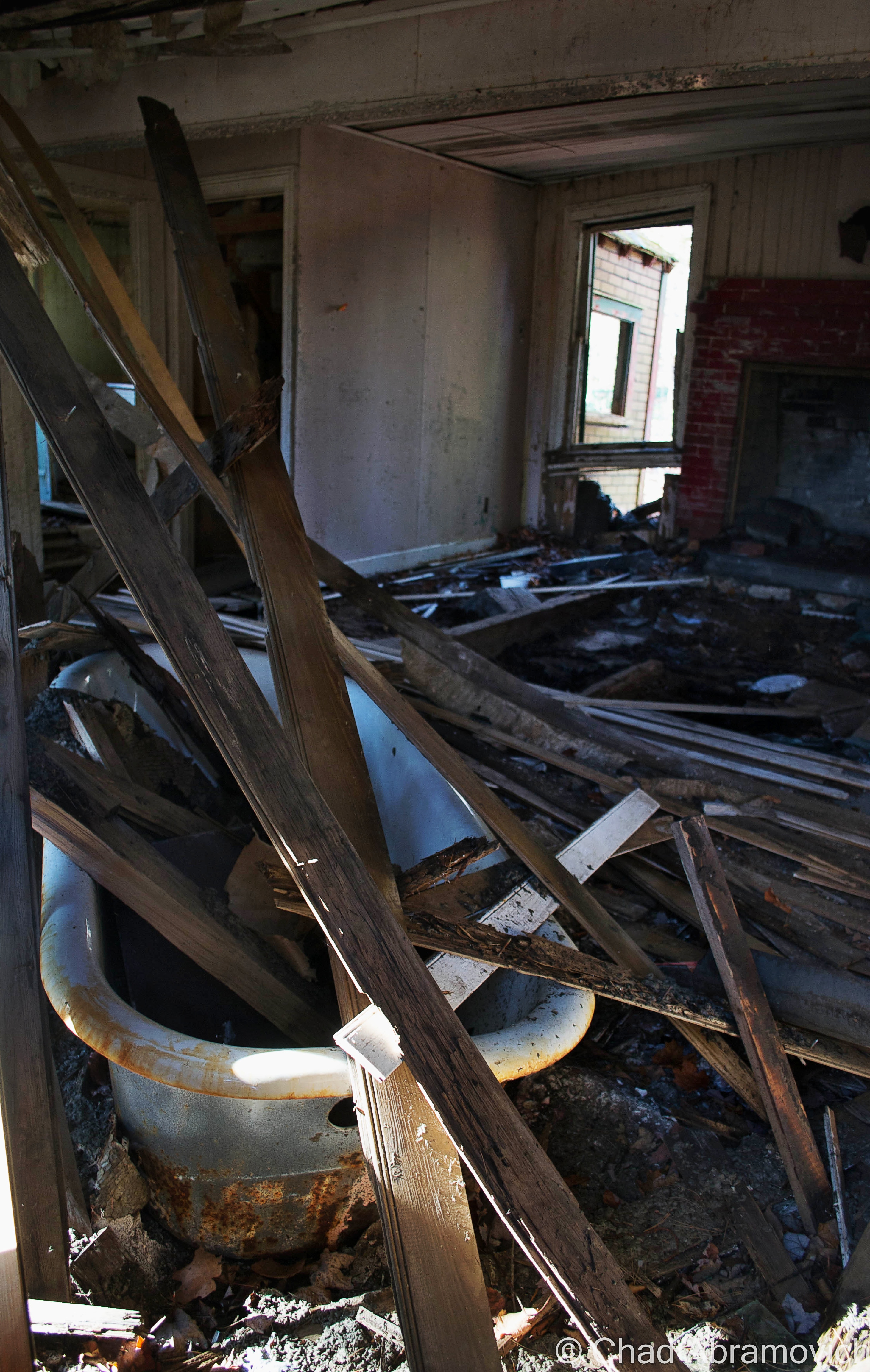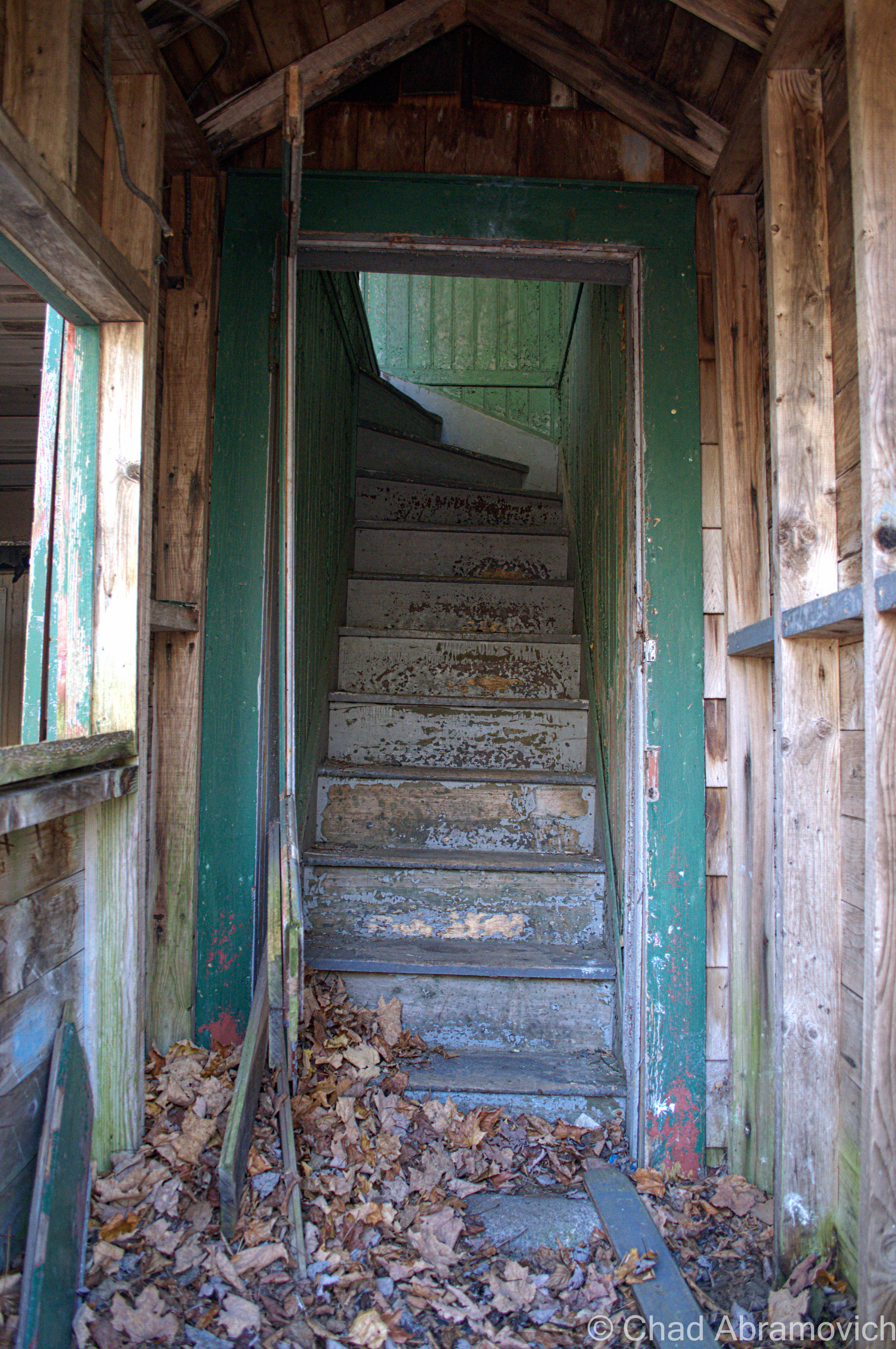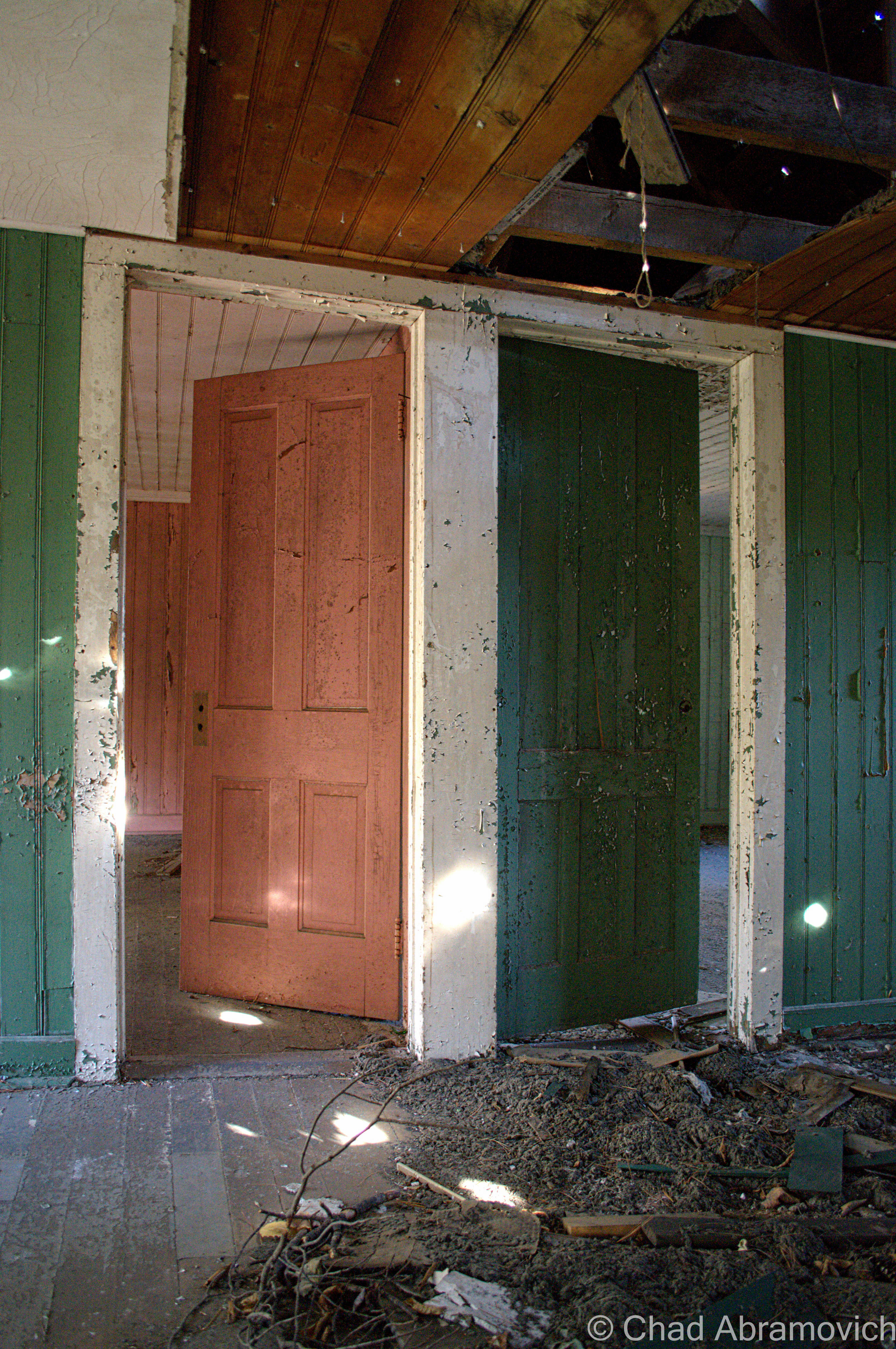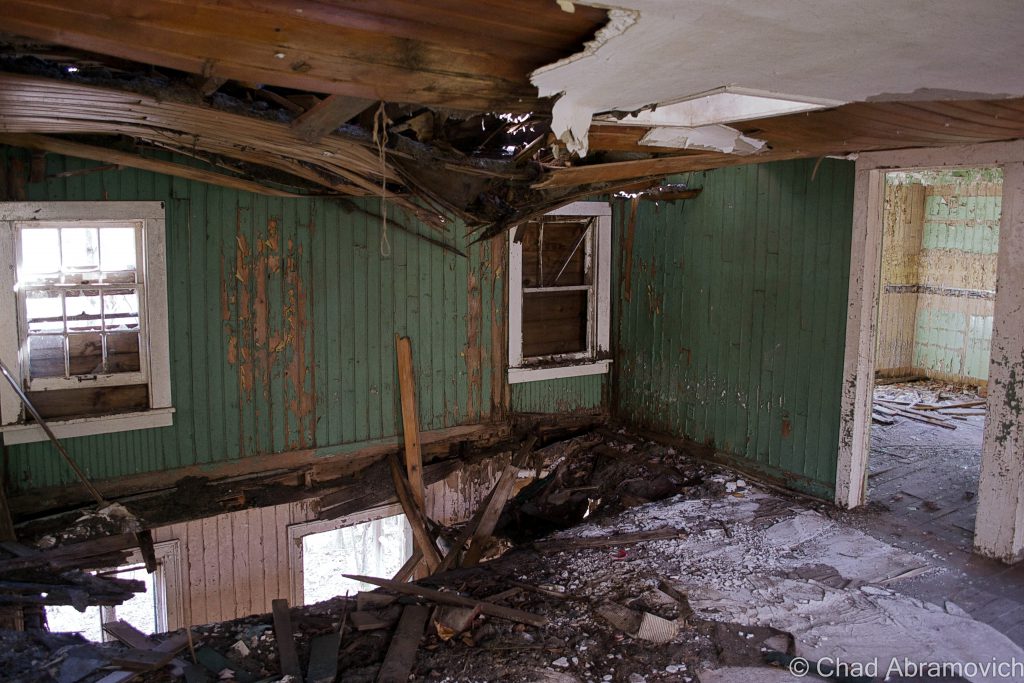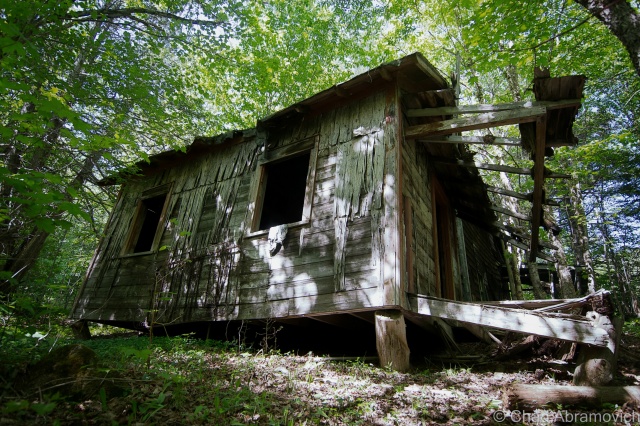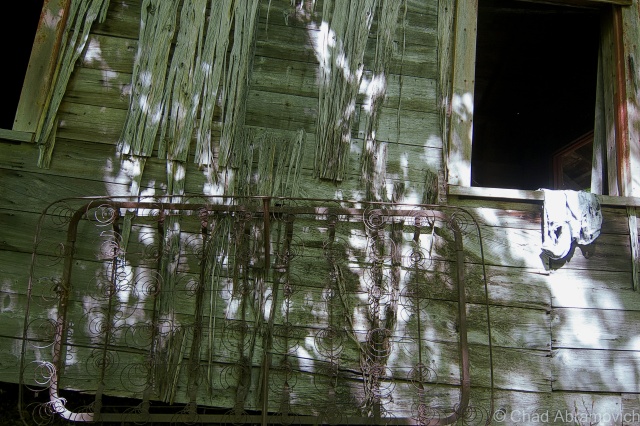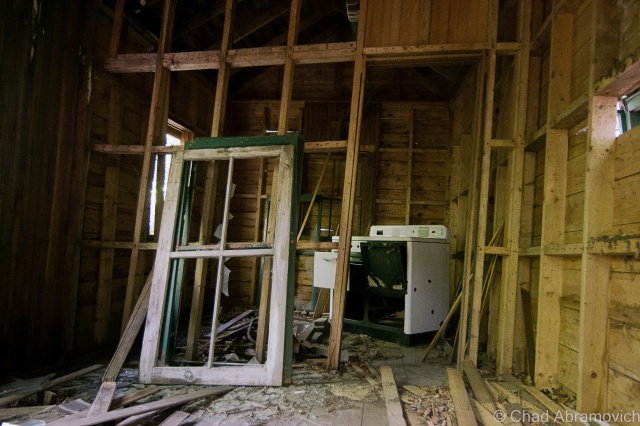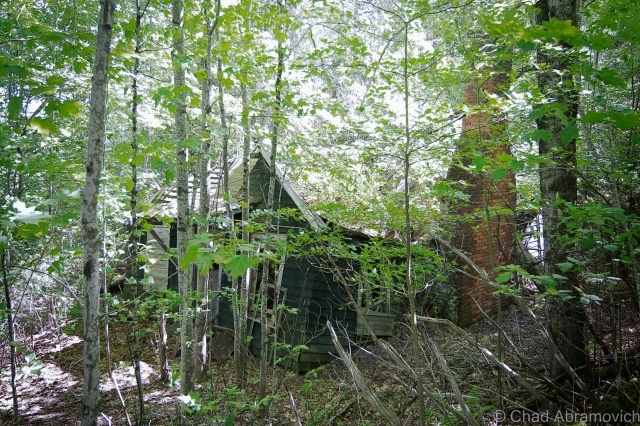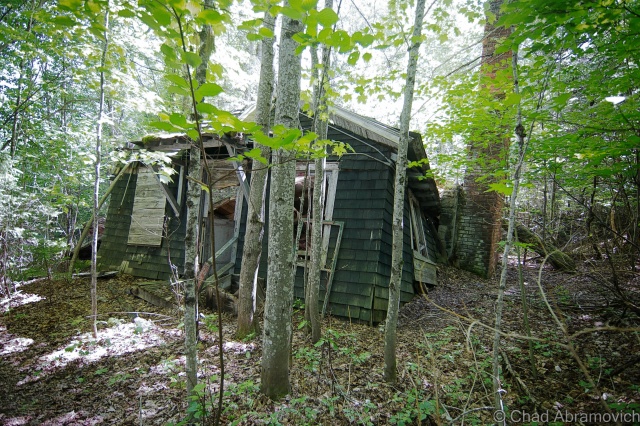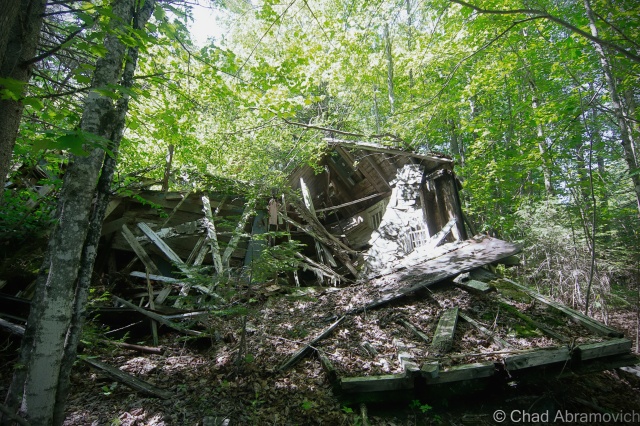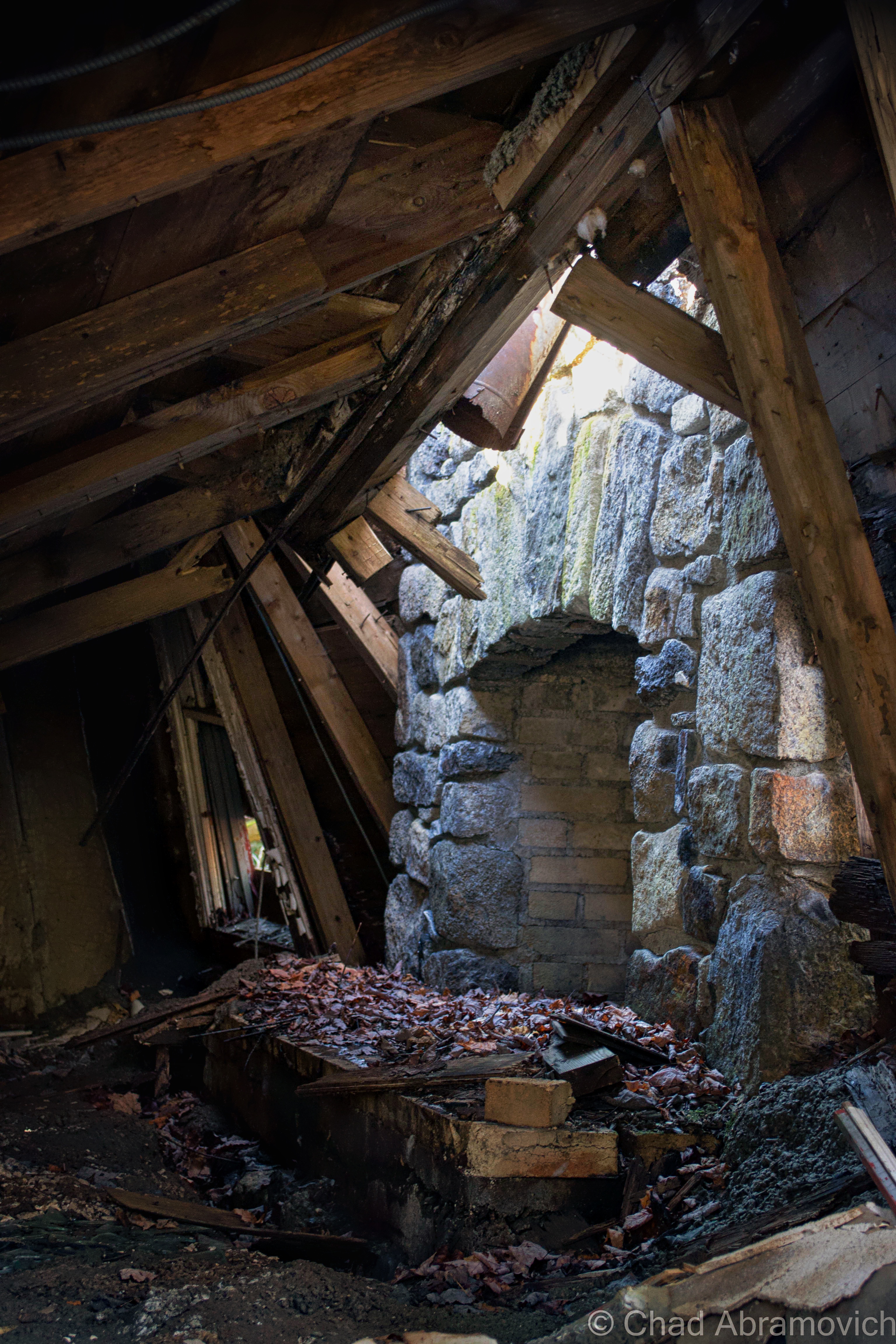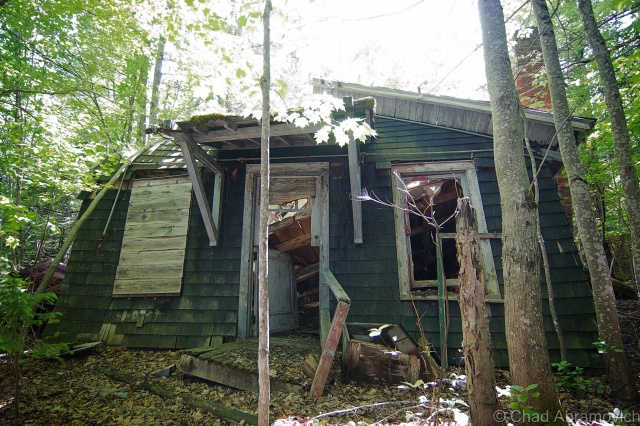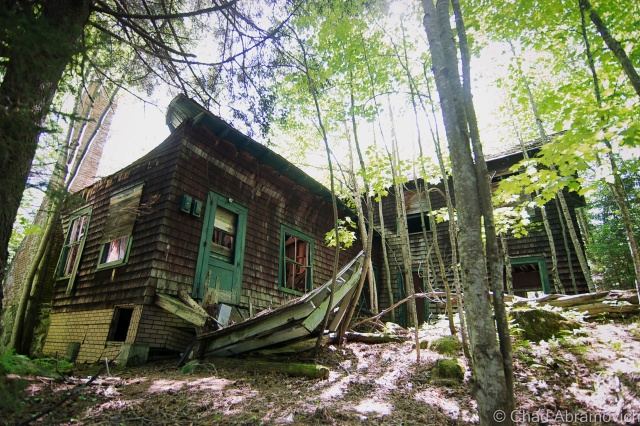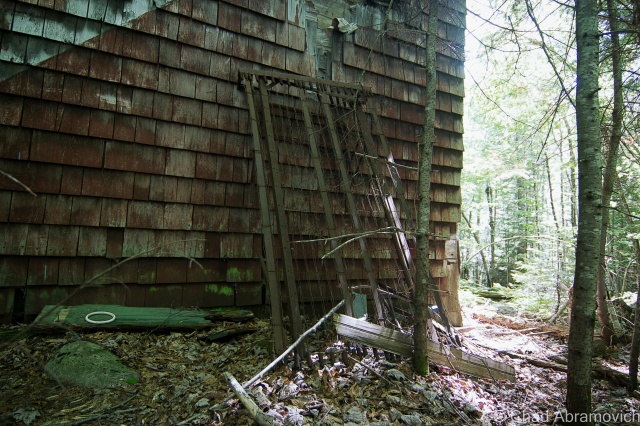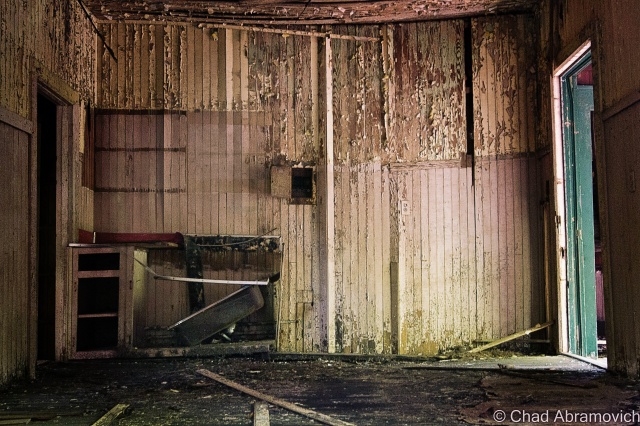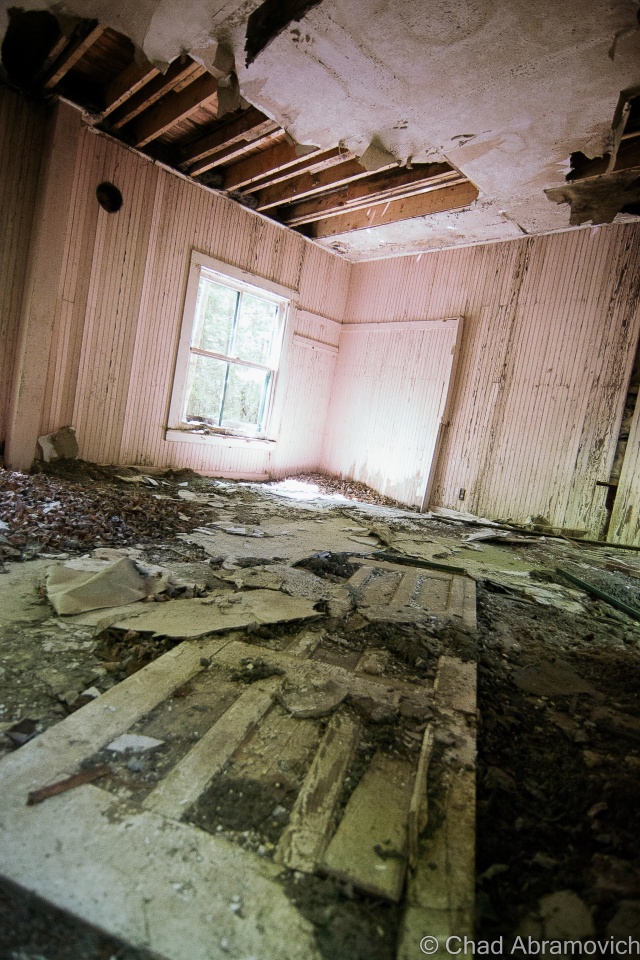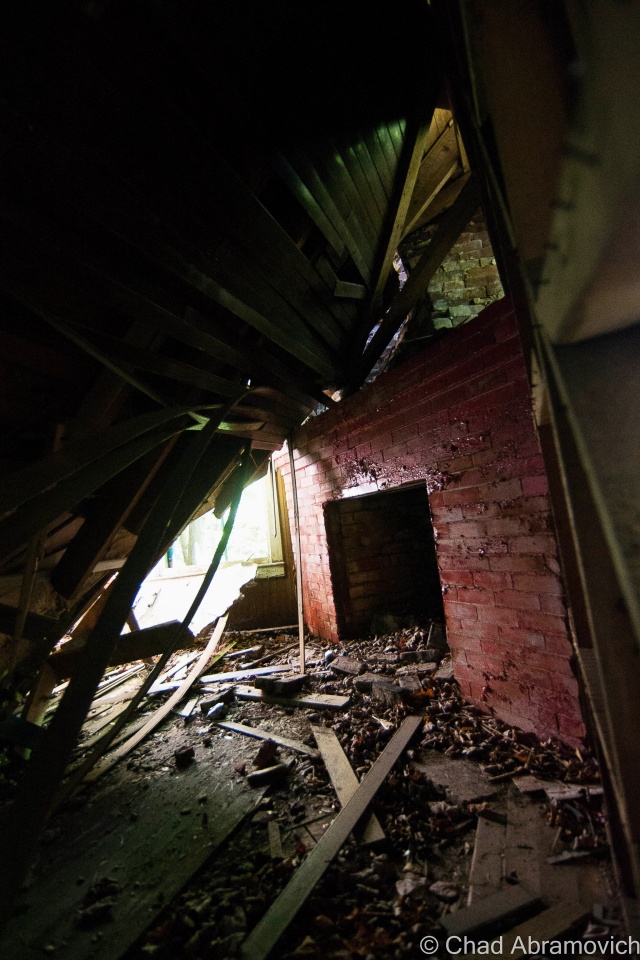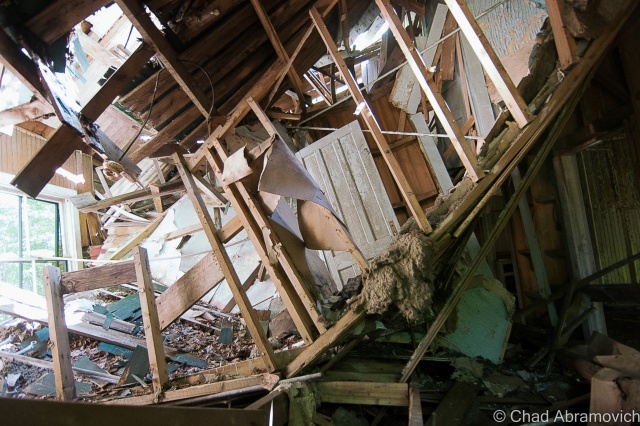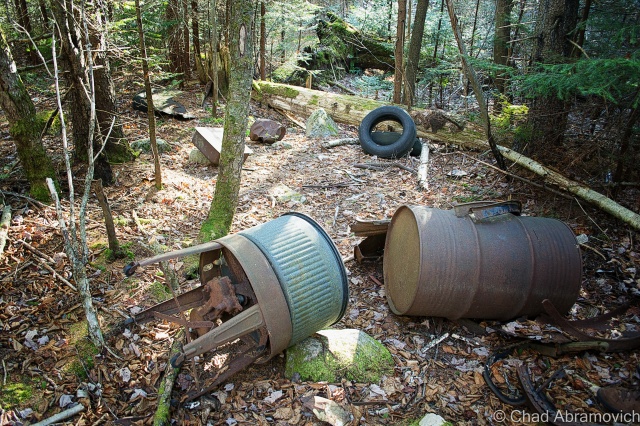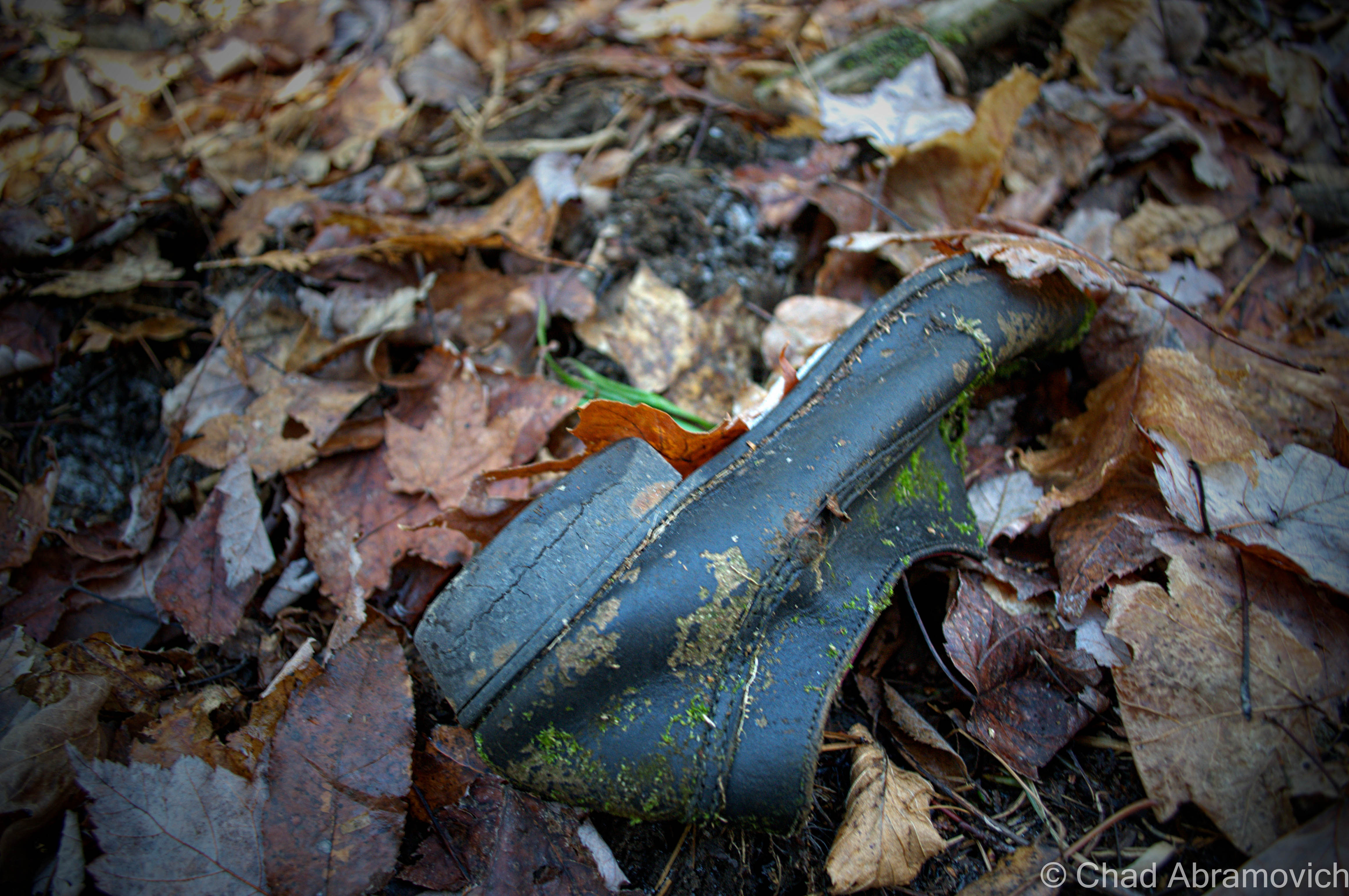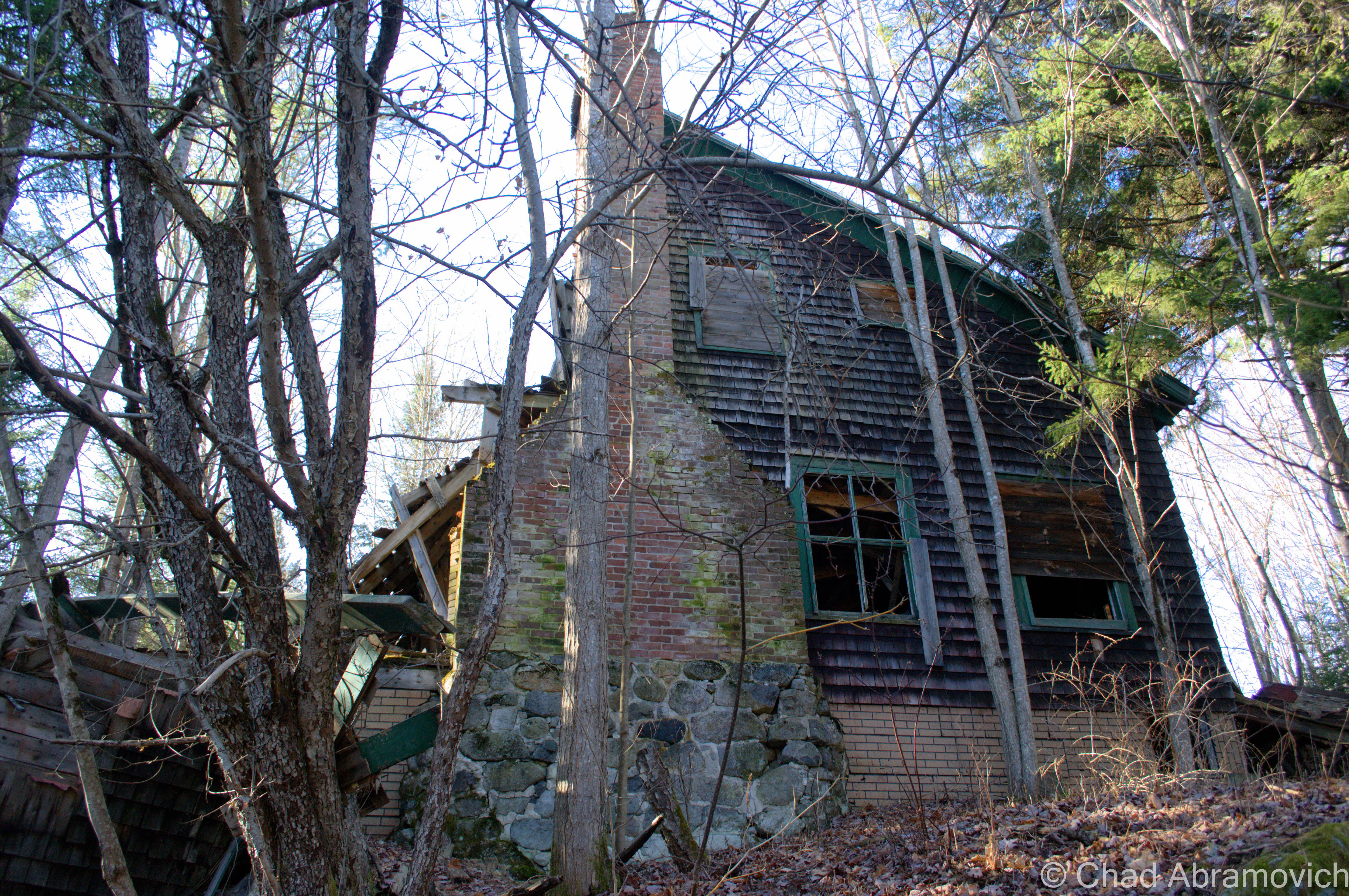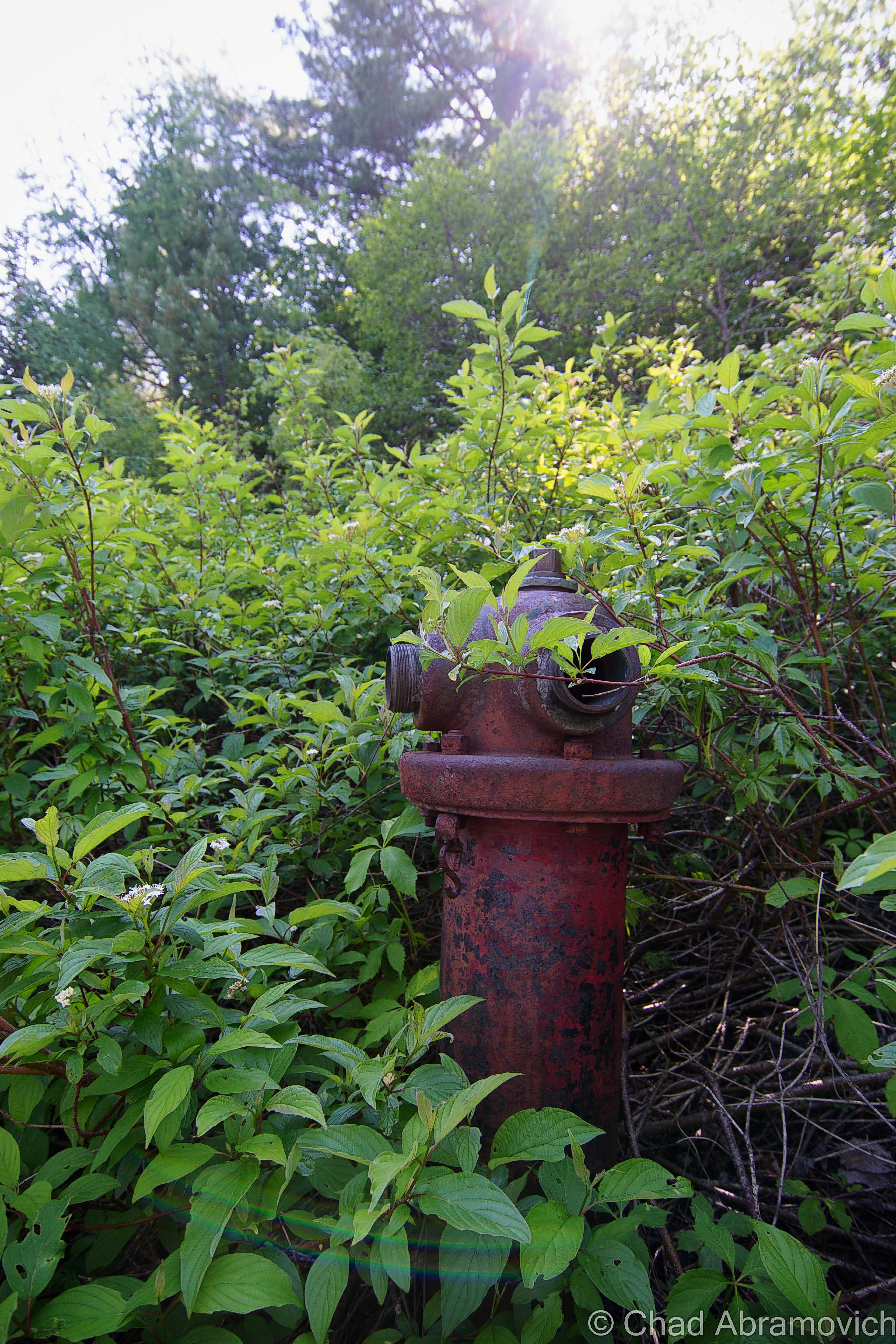During the nineteenth century, the Adirondack Mountains began to be rummaged heavily for exploitable natural resources. The intrepid prospectors pushed farther north into a deep world of desolate woods, vast swamps and vertical slopes haunted by grueling winters. In 1826, industrialist Archibald McIintyre and his partner David Henderson, who were guided by an Indian of the Saint Francis Tribe, would discover iron ore where the headwaters of the iconic Hudson River spilled out of the mountains on their descent into New York Harbor, which lead to the creation of The Adirondack Iron Works to extract the precious commodity.
A settlement, which confusingly is either spelled as Adirondac or Adirondack, was formed around the mines and iron smelting operations. The village would grow to about sixteen dwellings, with a central multifarious building used as school, church and a meeting room.
The mines impacted the village to such an extent, that it became singularly lucrative, which meant that the first bank in the Adirondacks opened here, instead of surrounding towns that were easier to access and far more populated. But it’s previously mentioned remotely inauspicious location ensured life here was a constant struggle of endurance, and if it wasn’t for the seduction of fortune, no one would have decided to attempt to live here.
The iron ore here was at the time considered the best deposit in the country, but it’s far flung remoteness up numerous steep slopes all helped to run down the operations until they became prostrate ghosts.
In 1840, a road was finally hacked through the hills from the mines down to Port Henry, which was another emerging mining town and regional hub that boomed thanks to it’s location on Lake Champlain.
The Saratoga Railroad, which wanted to build a special spur line up to the blast furnaces, couldn’t construct up the vertical rises and was only able to extend the line to North Creek, a small hamlet “nearby” in the town of Newcomb. Because of this, the ore from Tahawus had to be hauled down to North Creek in tractors, or any other creative method they could devise.
The fact that Adirondac(k)’s existence was brief was owed to a continuous chaser of circumstances that kept running the town down – the most impacting being the impurities in the iron ore they were trying to withdraw – later discovered to be titanium dioxide – that killed the town. The equipment at the time simply wasn’t advanced enough to successfully process the stuff, despite spending a remarkable $43,000 on an impressive fort like stone blast furnace known as McIntyre, which they had hoped would improve efficiency and profits. The entire village was forsaken in 1857 when the Adirondac(k) Iron Works gave up.
A decade later, a hunting club had eyed the land and the deserted ruins and eventually bought up most of it. The club at the base of the highest peak in New York attracted such notable people as Vice President Theodore Roosevelt, who was on a hunting trip here when President McKinley was assassinated by gunshot in Buffalo. Staying in regional character, the hunting club changed names and identities quite a bit. The Preston Ponds Club came in 1876 for both hunters and fisherman. Just a year later, it became the Adirondack Club, and in 1989, renamed itself the Tahawus club, the titular name that most of the area wears today.
Times changed again and in 1940, a new mine opened, this time for the situationally ironic purpose of obtaining the titanium dioxide that had been responsible for previous failures in mining. World War 2 was in full swing, and because wars generally are hungry tempered affairs, anything that supported the war effort was in high demand, things like lead.
The National Lead Industries began mining along Sanford Lake which is southeast of the village, an area that would become known as The Lower Works. In 1943, the abandoned village was rebuilt for the new mine workers and was thematically renamed Tahawus. By 1945, Tahawus had 84 buildings, including some of the extant dwellings from the original town.
Before operations ceased in 1989, over 40 million tons of titanium oxide were extracted from the lower works, but the changing economy and bankruptcy would close the iron works. Once again, the wilderness was left to reclaim what was once its own, but this time no one tried to rebuild the town, leaving Tahawus to bury its faith in the rocky mountain soil.
From my experience, most ghost towns in the northeast are nothing more than overgrown cellar holes, but Tahawus still retains 10 of its original buildings from it’s 1940s reincarnation, one preserved home from 1845, and the imposing remnants of the McIntyre Blast Furnace with trees growing through the cracks in its stonework, all accessible by a stretch of nicely laid asphalt (until previously, it was a dirt road).
The Open Space Institute purchased Tahawus and surrounding forests in 2003 to preserve the unique area and formed the Tahawus Tract Project. Until 2006, the ghostly ruins of the Tahawus mines at Sanford Lake were also still existing, but have been since demolished, but the startling grey toned waste dunes still devour much of the lakeshore and Google satellite imagery of the place.
To find Tahawus’s rotting bones, they lay at the end of a long and desolate road which carves its way around swamps and streams, and follows the scars of an old railroad bed. Eventually, it comes to a rather abrupt dead end right in the center of town. And it is here where you can finally start picking at the pieces of this fascinating community.
Though Tahawus is a ghost town, because of it’s proximity on a roadway that leads to the junction of several popular hiking trails that take off towards cloud splitting Mount Marcy, it’s probably one of the least dead places in the Adirondacks. But on an interesting note; a passing hiker did tell me that he remembers bodies being found in Henderson Lake in the 70s that were the suspected victims of a local serial killer or madman. Or, so he told me.
Tahawus Today
The road to Tahawus was a long and lonely drive, passing through incredibly vast wilderness areas that a person could walk into and never reemerge from. I was actually a little surprised to find out that there was an actual road that lead right into town.
The road, aptly named “Tahawus Road” plunges deep into the wild, forwarded by what me and my friends refer to as the world’s most misleading “dead end” sign – as the road continues to cover ground for an unsuspected 7 miles before finally ending. As the forlorn stretch of asphalt climbed further into the woods, you could see the remnants of railroad lines that used to pass through, evidence of the areas industrial past. The rail beds had long been removed, leaving leveled banks that slice through an otherwise organic landscape. So, what did I expect to see as I entered Tahawus? I wasn’t sure what I expected, but it certainly wasn’t what greeted my hungry eyes.
Though the environs were squalid and eerie, admittedly, my first impression of this community was a bit underwhelming. The misleading photographs I found on the internet had set my expectations pretty high, but the unanticipated reality was humble and wrecked. What I had expected to be a large forgotten town reachable by trekking through thick forest and undergrowth, with somewhat of a sense of pre-coordinated directions, wasn’t. Instead, I could easily explore the place by hopping out of the car in a dirt parking lot cramped with other cars, hikers with backpacks, and one of my favorite jazz tunes wafting from the stereo.
Some of the surviving/deteriorating buildings have wasted away to the point beyond recognition, and others weren’t far behind. The roofs collapsed where they’re not entirely missing, forming mangled and wild shapes, and the dead weight slowly dragging many of the structures down the banks into the Hudson River.
Another interesting feature was that all of the buildings looked almost identical, with brown cedar shingles and a dark green forest trim.
A few buildings proved safe enough to enter. But the interiors were claustrophobic and vertigo, as each building became warped as they deteriorated at their own rate. There were no relics left behind amid the rubble, each room was an empty wooden shell. The ramshackle atmosphere was an enigma, masquerading the dangers by putting them in plain sight – your eyes straining continuously for a safe passage.
But it was also this carnival of chaos that’s been a few decades in the making that give me a strong feeling of awe that a great adventure always does. Every room was done in old fashioned wainscoting, each it’s own vibrant lead painted color which had been peeling and weathering for years. The sun poured through the cracks in the walls and kissed my fingertips as you begin to think about who might have lived here beforehand and how this new atmosphere has filled the places where they once used to stand.
Later during the dying days of Fall, I would make a return trip.
In the shadowy dales of the upland marshes, there were already pockets of snow, the fir trees bent over with a rather thick dusting. This was the first snow I’ve seen of the season. Though it was only around 1 in the afternoon, the harsh glow of the late Autumn sun made it feel otherwise, as the scraggly woodlands basked in sort of an offsetting golden glow.
I was surprised at just how bad Tahawus had become since my last journey here in the spring. Most of the remaining houses had either fallen over almost entirely, or were significantly worse off than before. The majority of the buildings I had wondered in months ago had become far worse for wear. Now, I had to take very careful precautions to set foot inside. As it was, my friend had already stepped on a nail which went through his boot. Not the best way to begin an adventure.
I can’t very well describe the feeling of exploring these modest dwellings, the interiors adorned with peeling walls shedding their lurid lead paint onto the dusty wooden floors as the late afternoon sunlight filtered inside as if keeping an eye on a sacred Adirondack shrine, the former world of man now home to nature and dust, finding peace with each other in subtle nuances. Any feelings of human habitation is a queer thought now, as time incinerates what that was to Tahawus.
At the alarming rate of Tahawus’s decay, it’s strange to think about the reality of the village becoming nothing more then a name on a map 3-5 years down the road, its buildings returning to dust that is scattered to the Adirondack winds.
But despite its shocking rate of deterioration from when I first visited only 3 years ago, and it’s crowds, it still remains one of my favorite places in upstate New York, which may or may not entirely be due to nostalgia.
The Old McIntyre Blast Furnace site
Tahawus Town
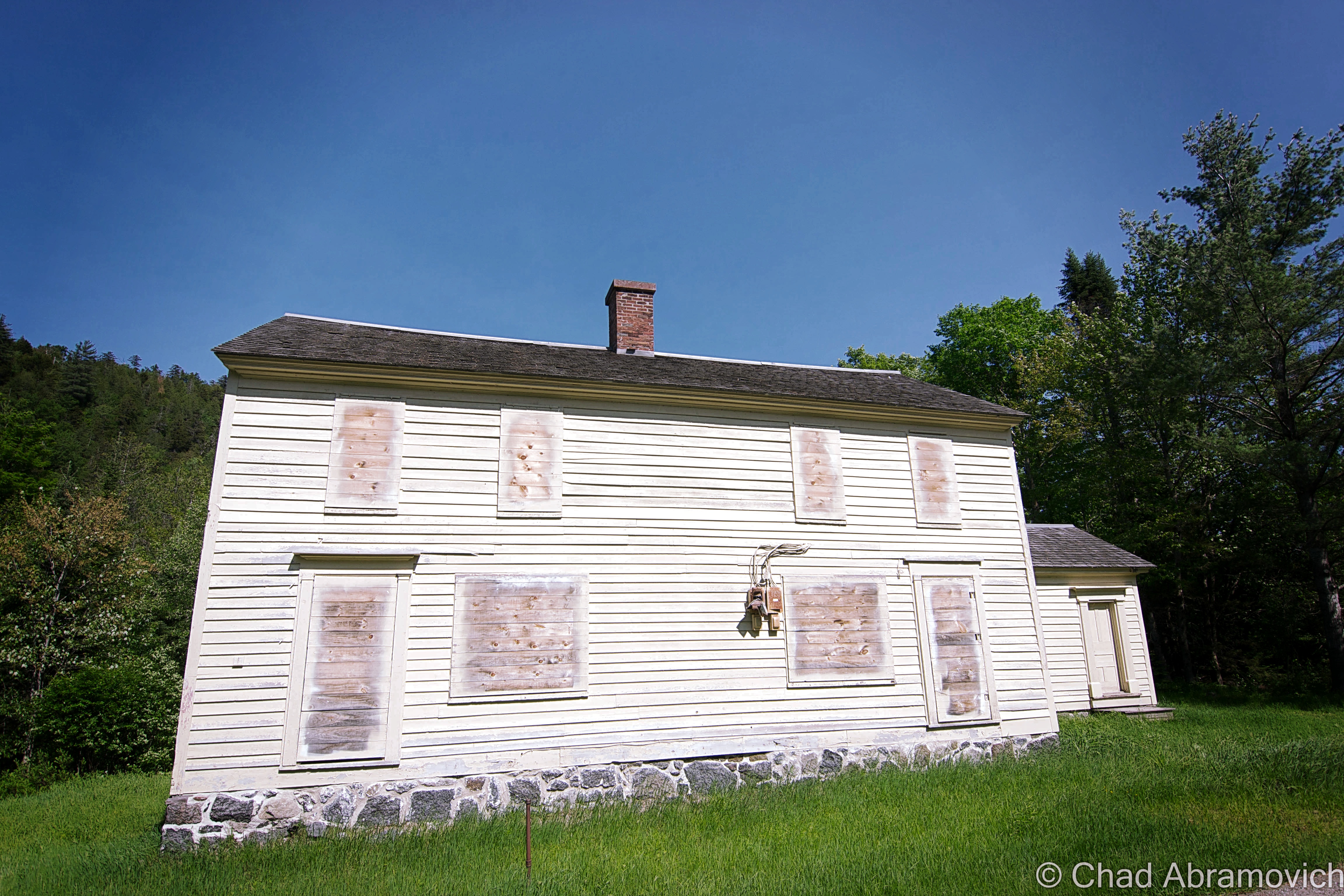
Links:
If you’re interested in Tahawus, The Adirondack Park Agency published a great article on it.
Tahawus on Wikipedia
—————————————————————————————————————————————–
To all of my fans and supporters, I am truly grateful and humbled by all of the support and donations throughout the years that have kept Obscure Vermont up and running.
As you all know I spend countless hours researching, writing, and traveling to produce and sustain this blog. Obscure Vermont is funded entirely on generous donations that you the wonderful viewers and supporters have made. Expenses range from internet fees to host the blog, to investing in research materials, to traveling expenses. Also, donations help keep me current with my photography gear, computer, and computer software so that I can deliver the best quality possible.
If you value, appreciate, and enjoy reading about my adventures please consider making a donation to my Paypal. Any donation would not only be greatly appreciated and help keep this blog going, it would also keep me doing what I love. Thank you!
Gofundme: https://www.gofundme.com/b5jp97d4


